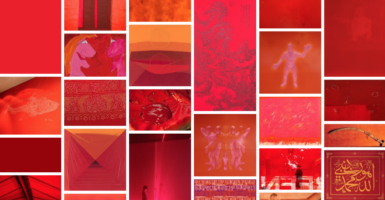Quiz: Can You Name These 18th Century Historical Figures?
When an era is referred to as one of enlightenment, there must have been important historical events during that period. The 18th Century indeed had many significant moments that, in some cases, impacted the world we know today.
Leaders, pioneers, dictators, philosophers, and artists. Can you name these historical figures from the 18th Century?
What is the name of this first, First Lady?
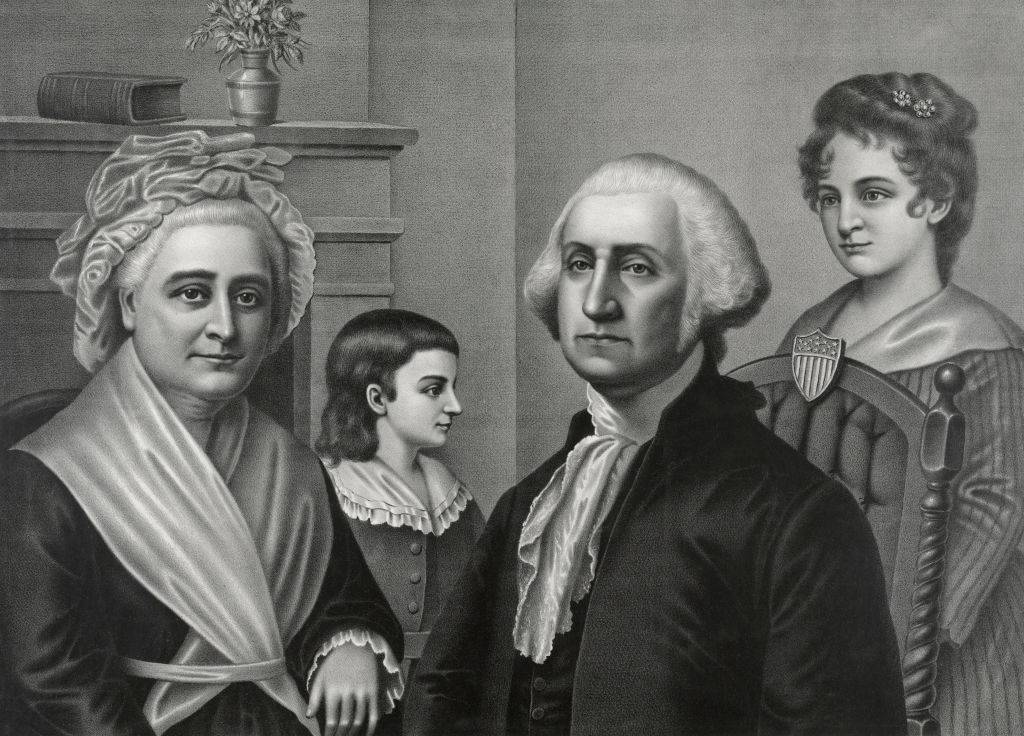
A. Martha Washington
B. Nancy Reagan
C. Mary Todd Lincoln
D. Eleanor Roosevelt
Answer: Martha Washington
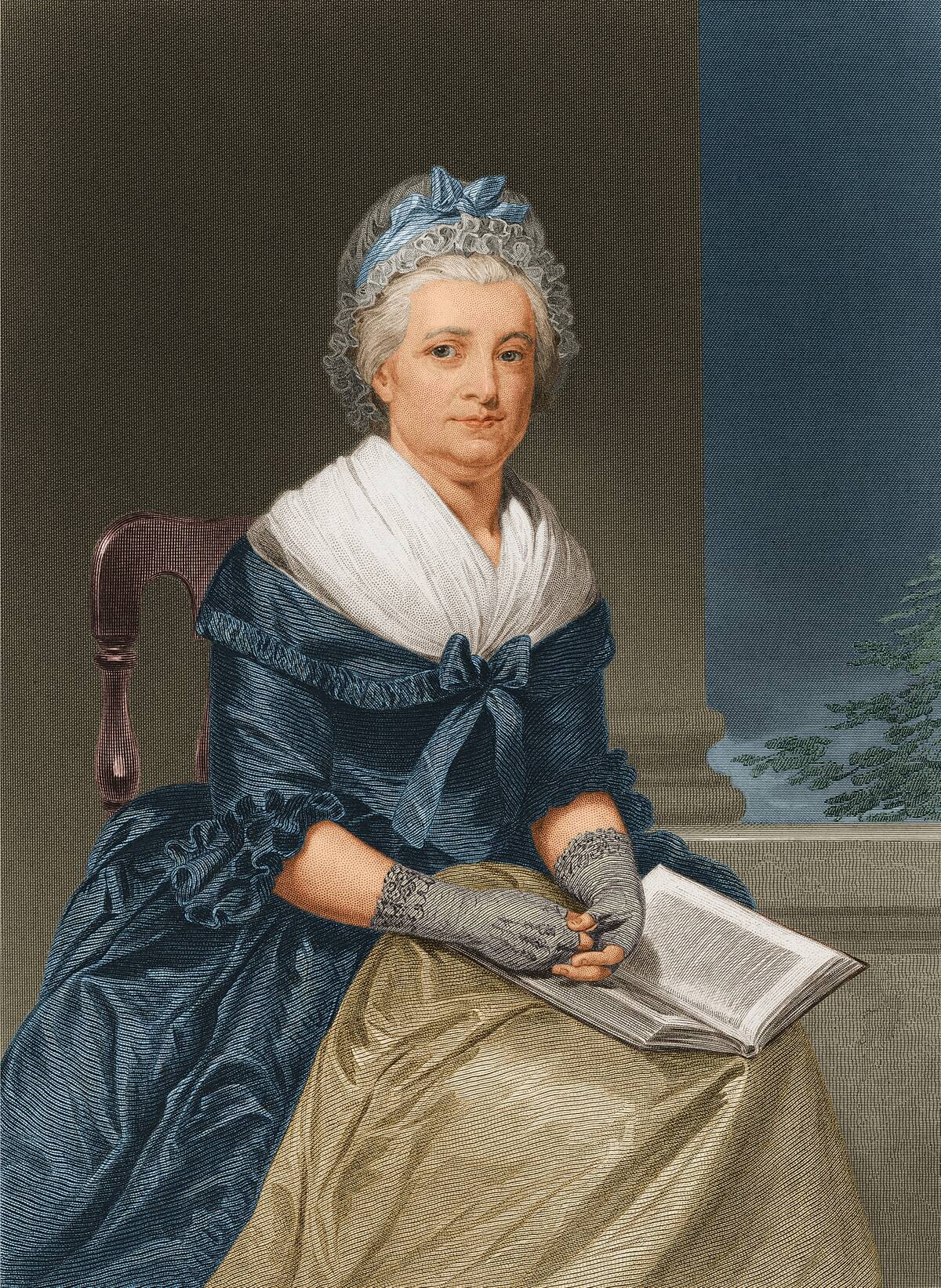
Martha Washington married the first President of the United States, George Washington, making her the first, First Lady. “First Lady” was not an official title until years after Martha’s passing.
Though he was not the first, who got a charge out of lightning?
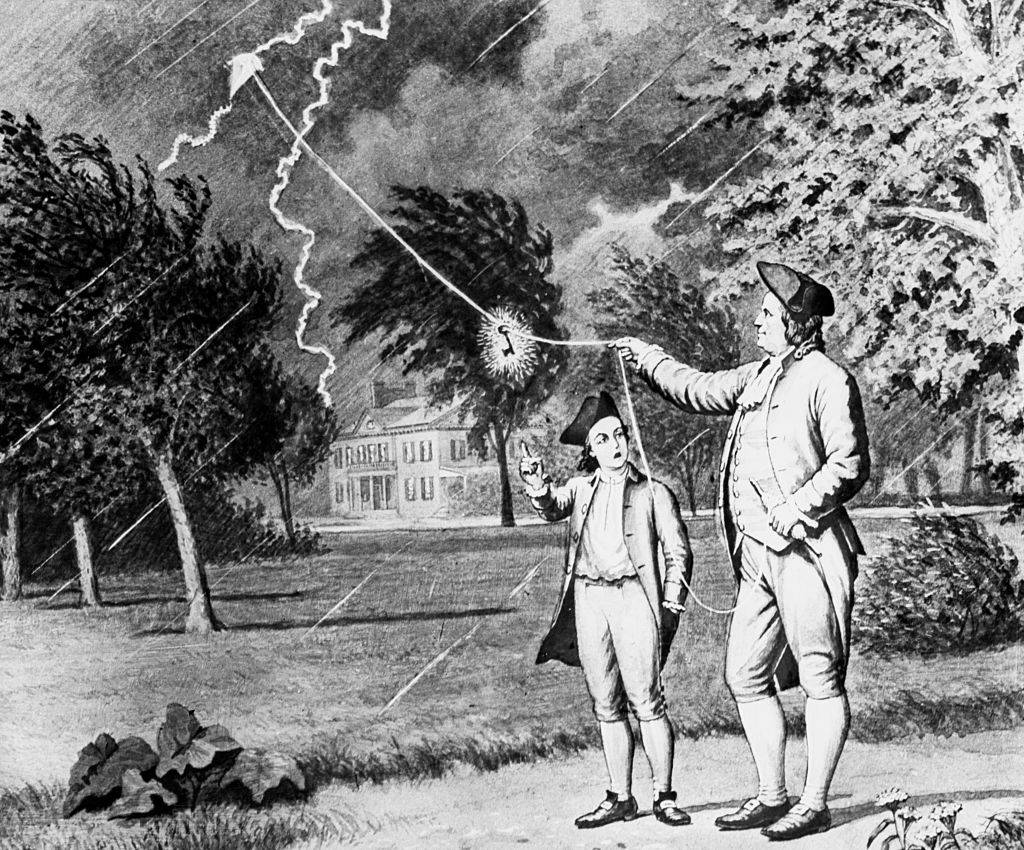
A. Benjamin Franklin
B. Benjamin Moore
C. Benjamin Butler
D. Alexander Bell
Answer: Benjamin Franklin
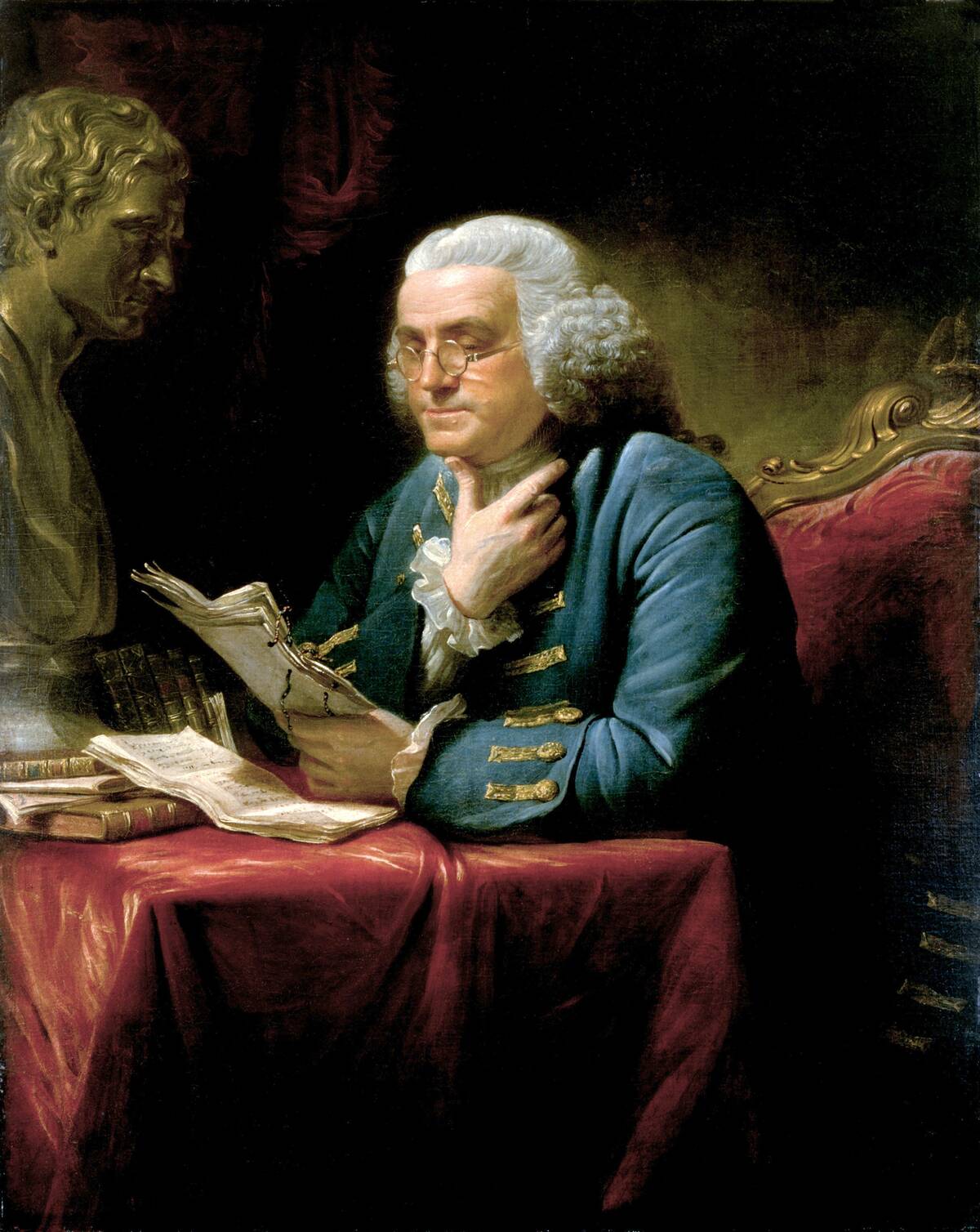
Benjamin Franklin is the correct answer, but it is a misconception that he discovered electricity. In fact, electricity was well-established by scientists a thousand years before Franklin began experimenting.
Who composed the Don Juan-inspired opera, Don Giovanni?
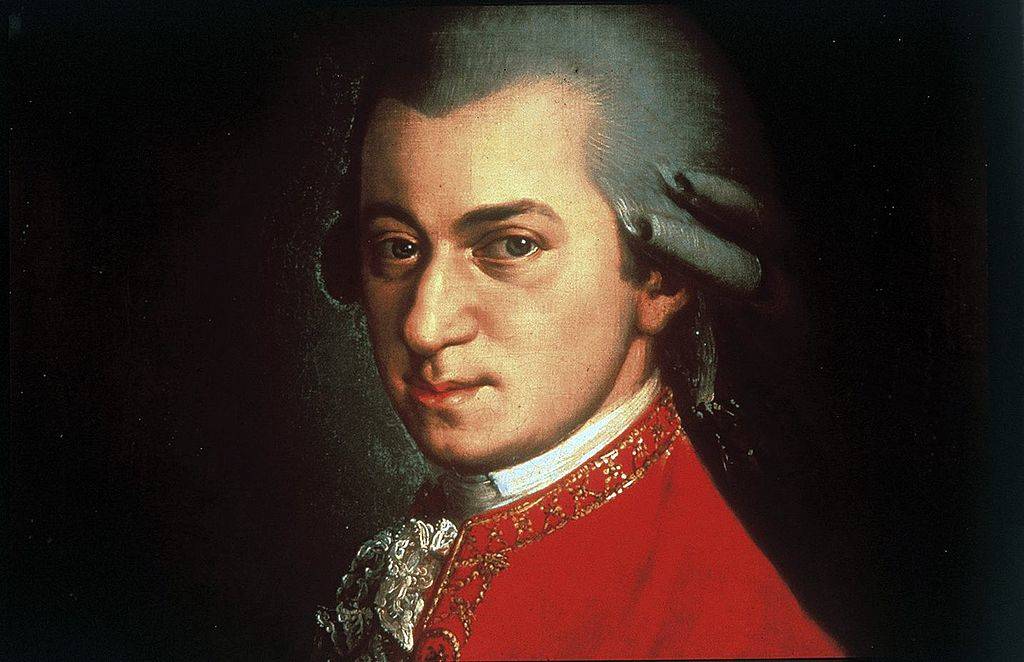
A. Mozart
B. Beethoven
C. Tchaikovsky
D. Vivaldi
Answer: Mozart
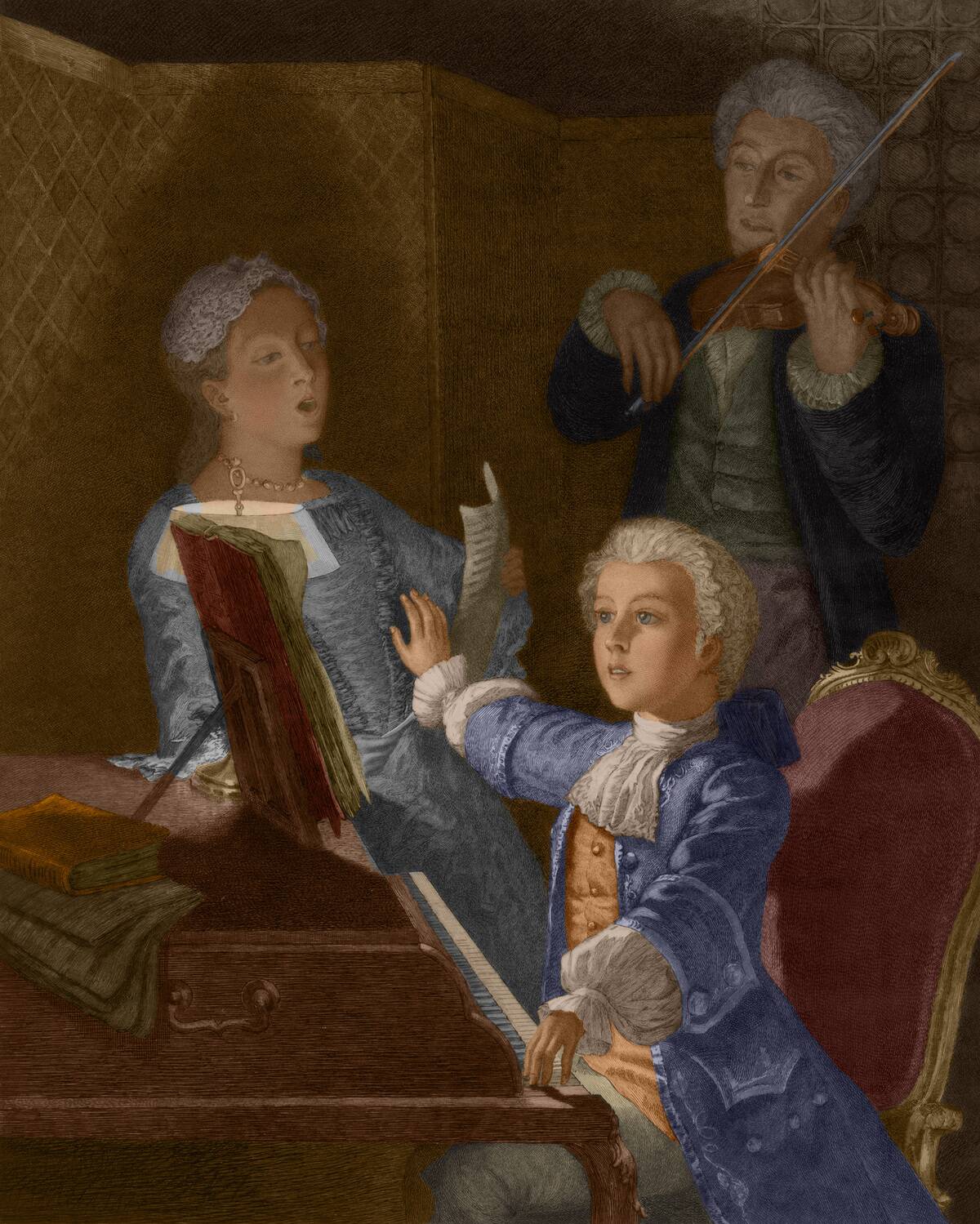
Wolfgang Amadeus Mozart composed the famous two-act opera. The Italian libretto was based on the story of Don Juan. Juan famously devoted his entire life to seducing women.
Name this 18th Century Empress of Russia…
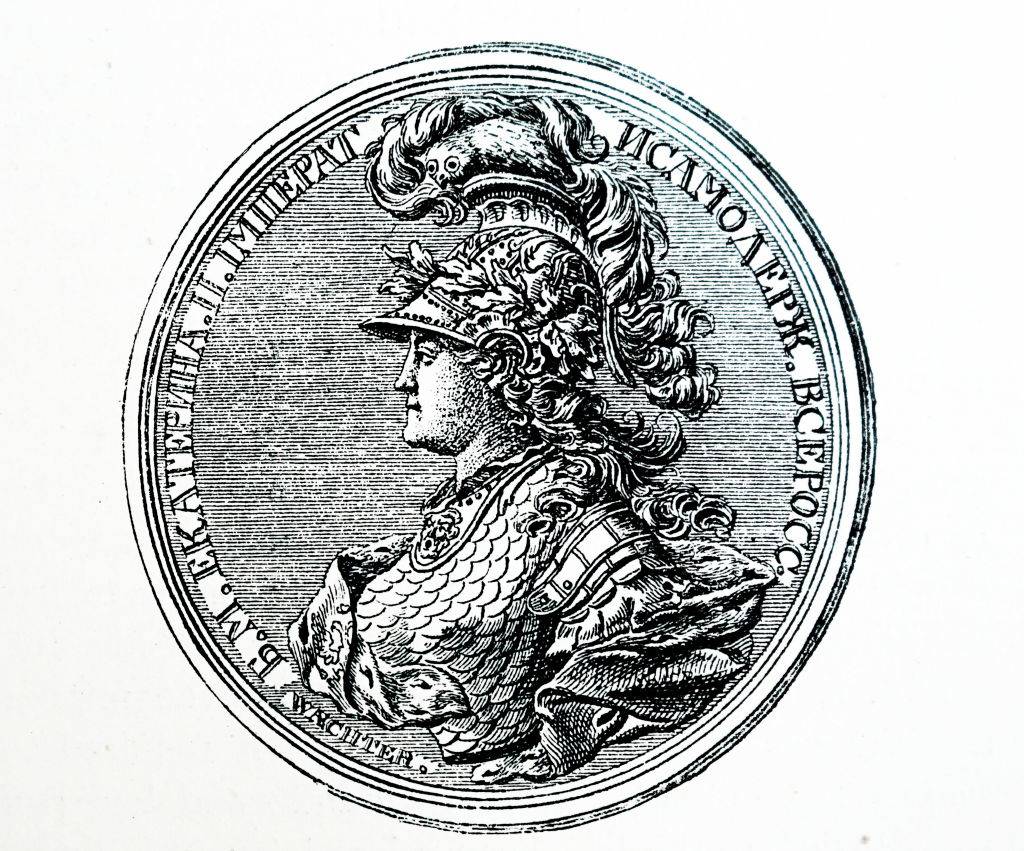
A. Catherine the Great
B. Elizabeth of Russia
C. Anna of Russia
D. Alexandra the Great
Answer: Catherine the Great
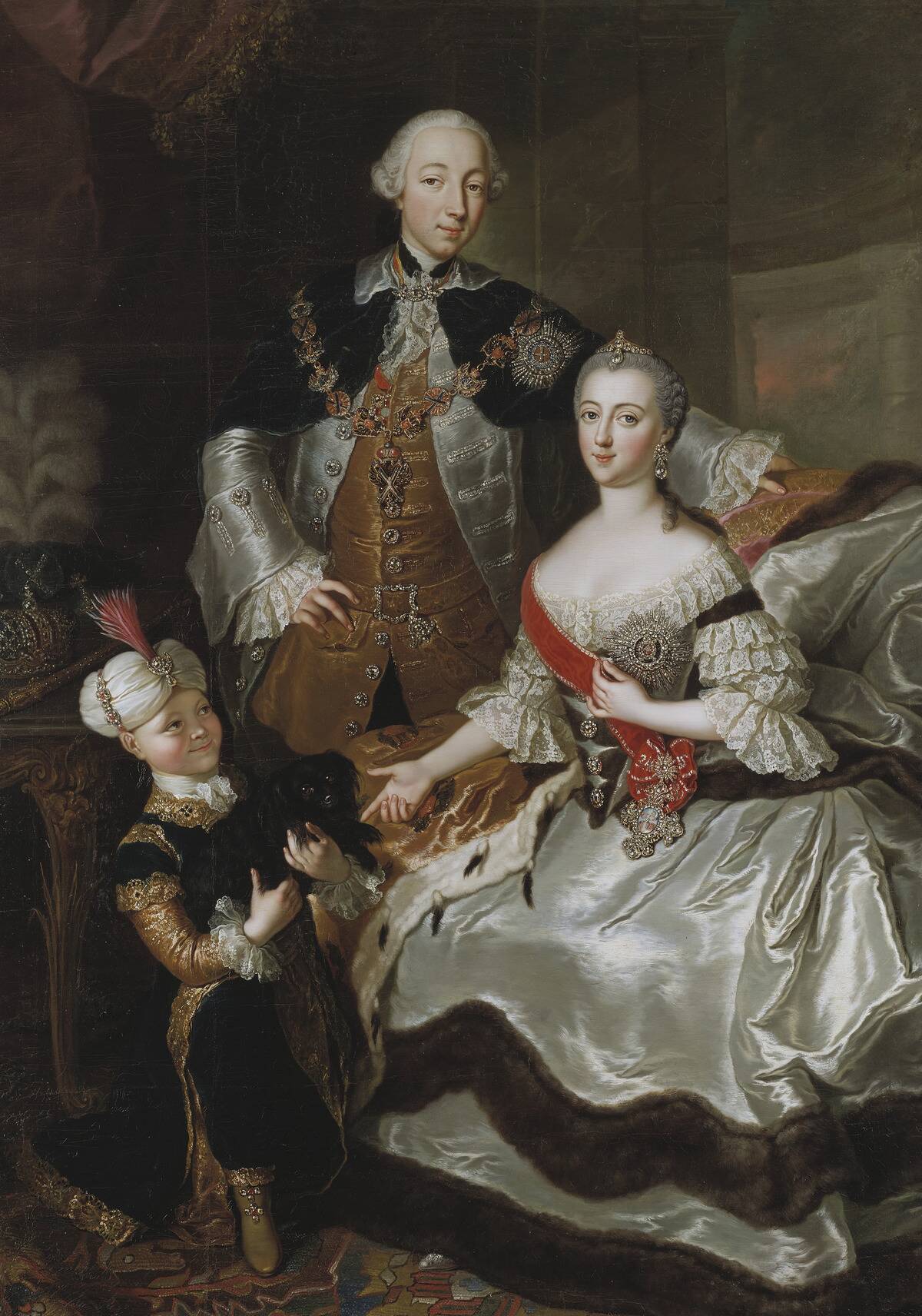
Catherine “the Great” was the second of Russian empresses named Catherine. Catherine II was the last Russian to have royal authority. Russia never was led longer by any female.
The Smallpox Vaccine was invented in the 18th Century by who?
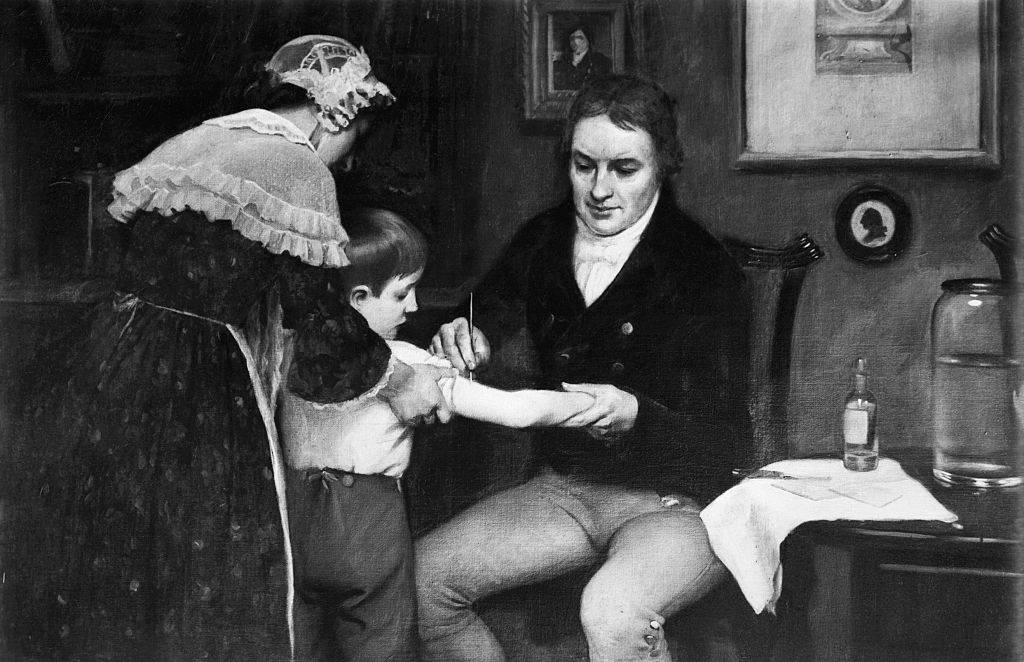
A. Edward Jenner
B. John Hunter
C. Hippocrates
D. Frederick Banting
Answer: Edward Jenner
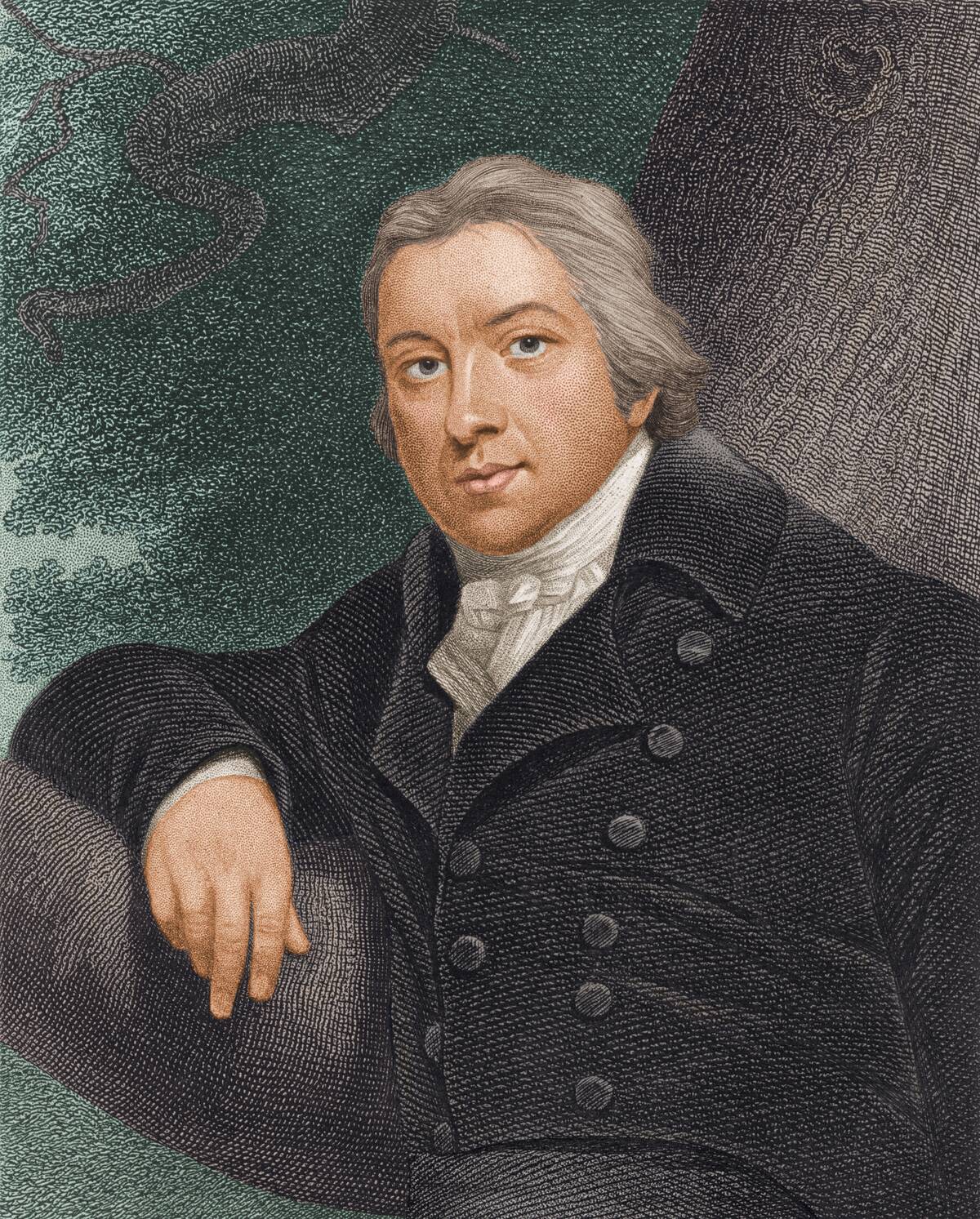
Edward Jenner created the Smallpox vaccine, the world’s first vaccine that fought infectious diseases. The Smallpox vaccination has undergone upgrades since its invention and has saved many lives in the process.
The XIV, XV, and XVI Kings of France were all named what?
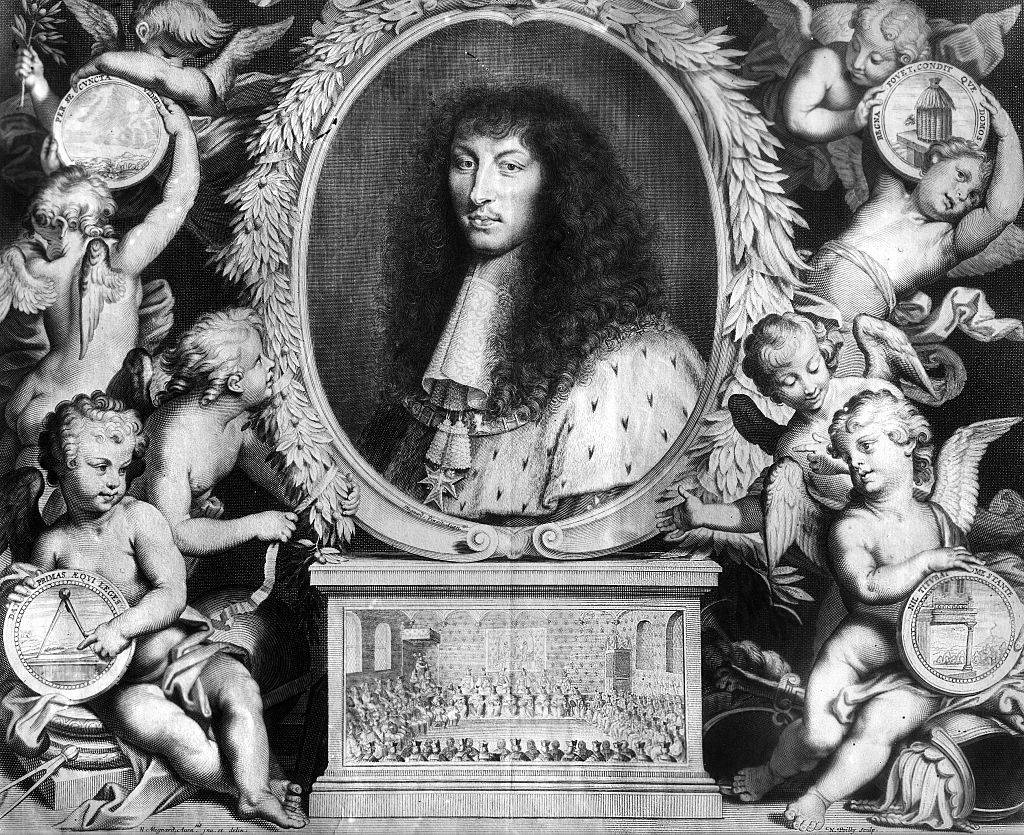
A. Louis
B. Napoleon
C. Henry
D. Francis
Answer: Louis
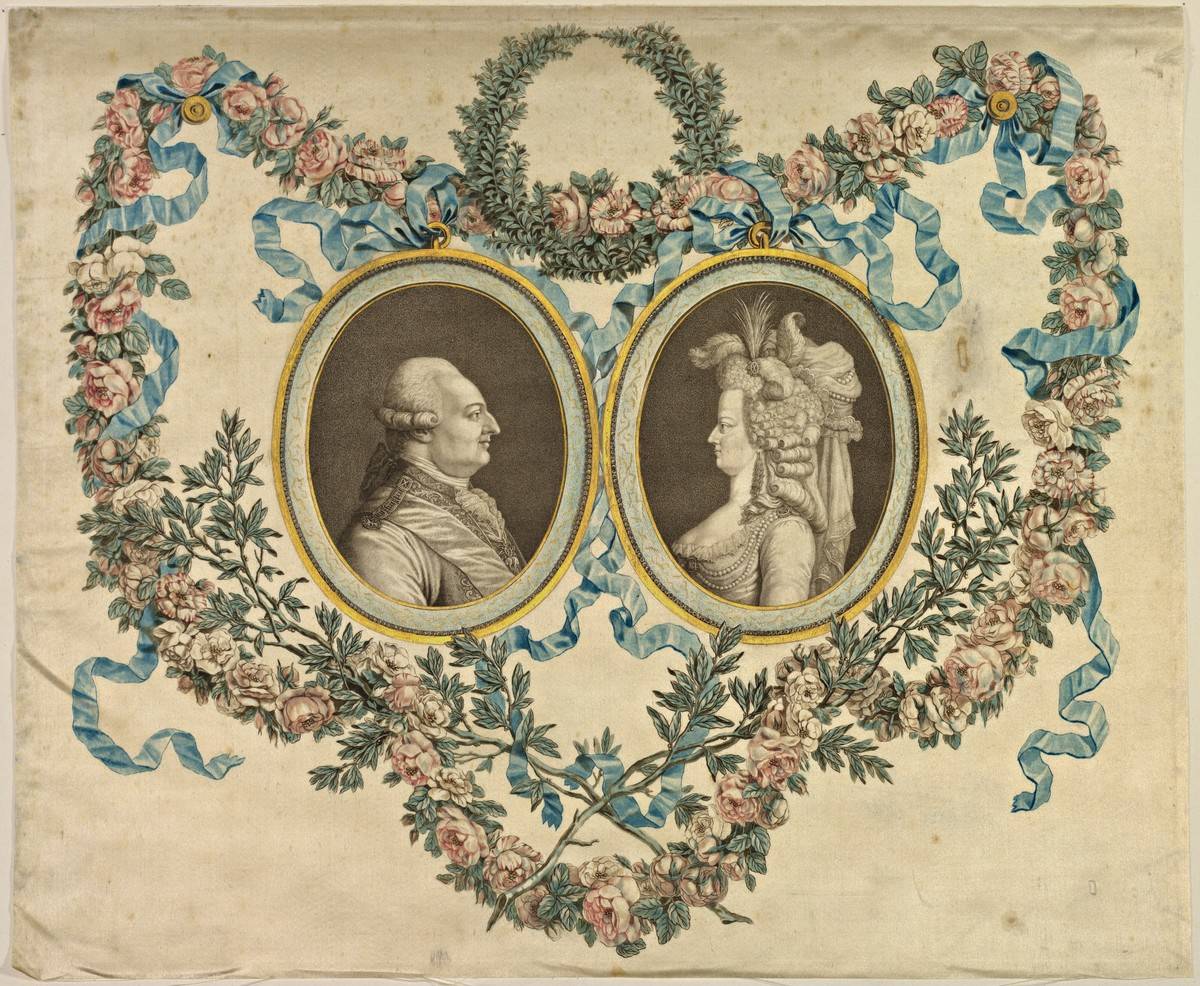
Louis was the name of the three Kings of France, XIV, XV, and XVI. Napoleon served twice as ruler of France but never was a king and did not have royal authority.
Who was the first Vice-President of the United States?
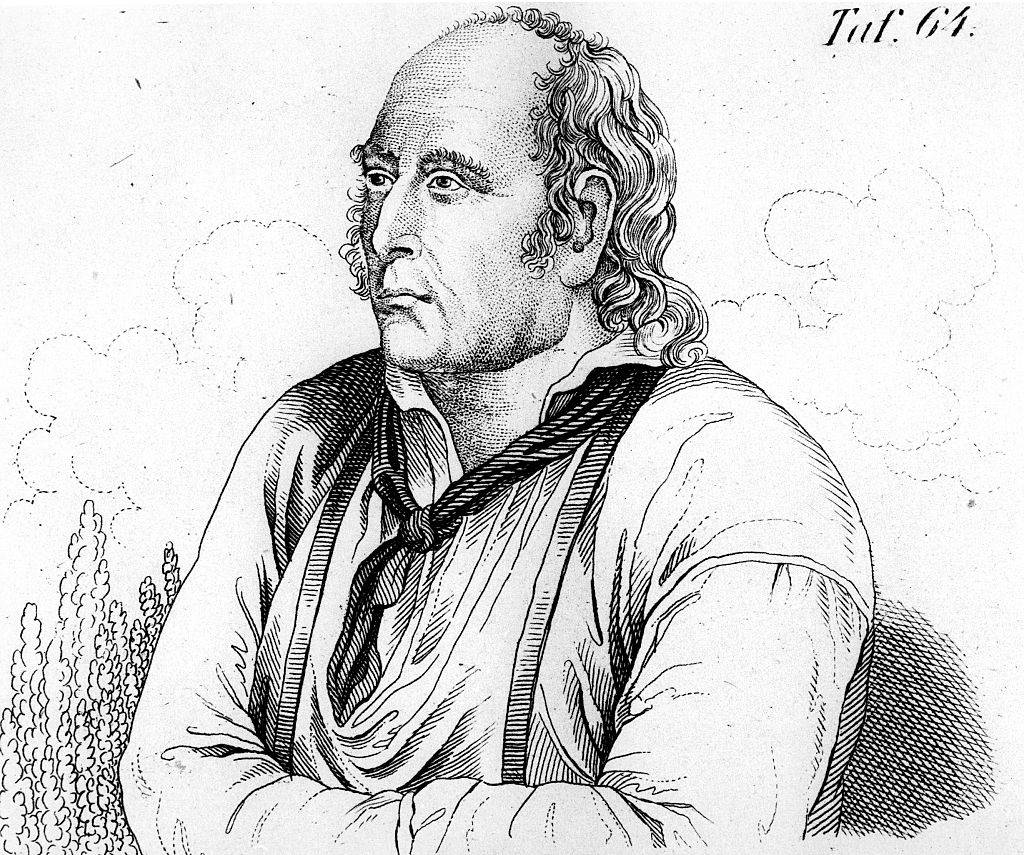
A. John Adams
B. Thomas Jefferson
C. George Clinton
D. Theodore Roosevelt
Answer: John Adams
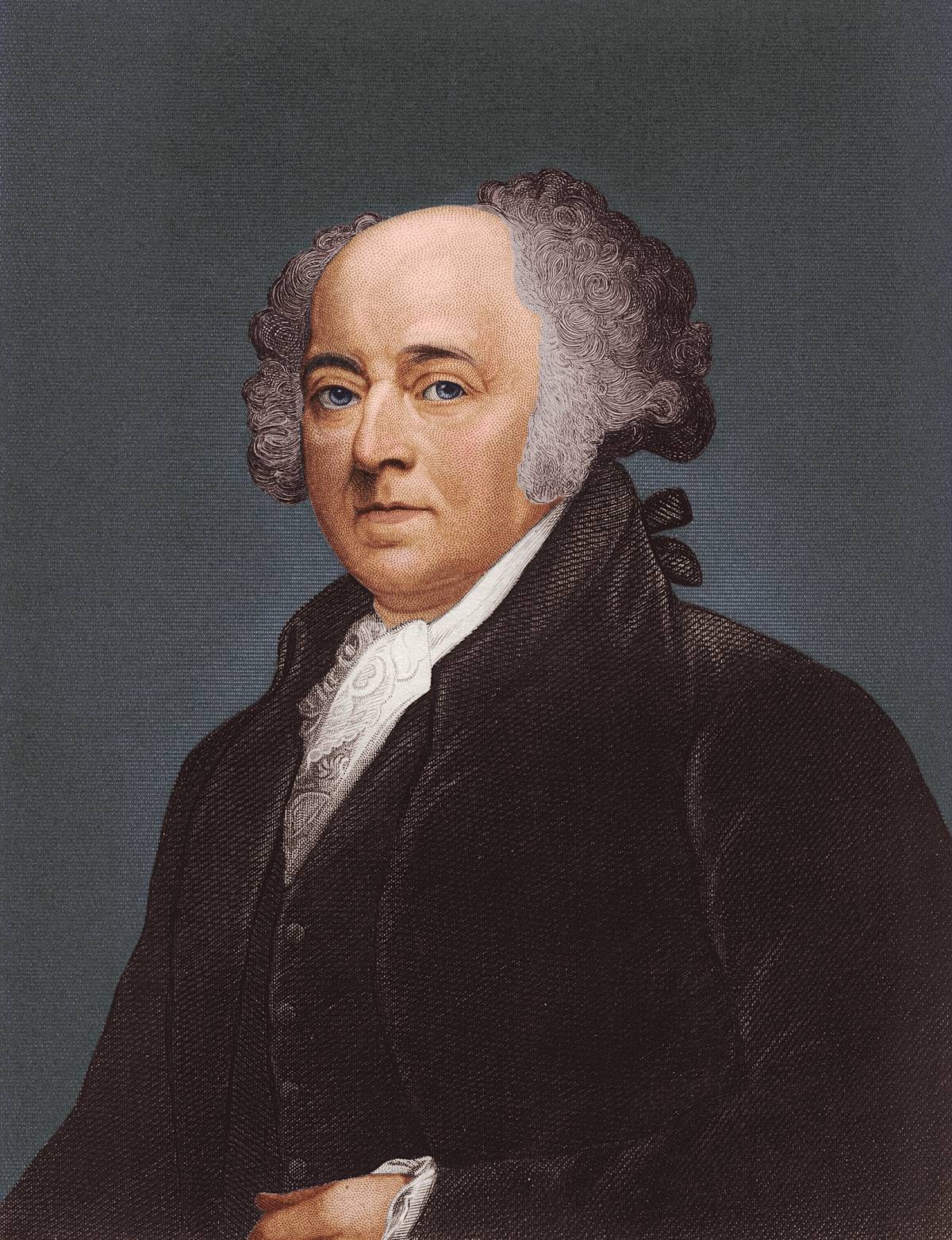
The first U.S. Vice-President, John Adams, served in office for nearly a decade. Adams was second in command to President George Washington and served Washington’s whole term. A few years later, he went on to become president.
The Wealth of Nations was written by what author?
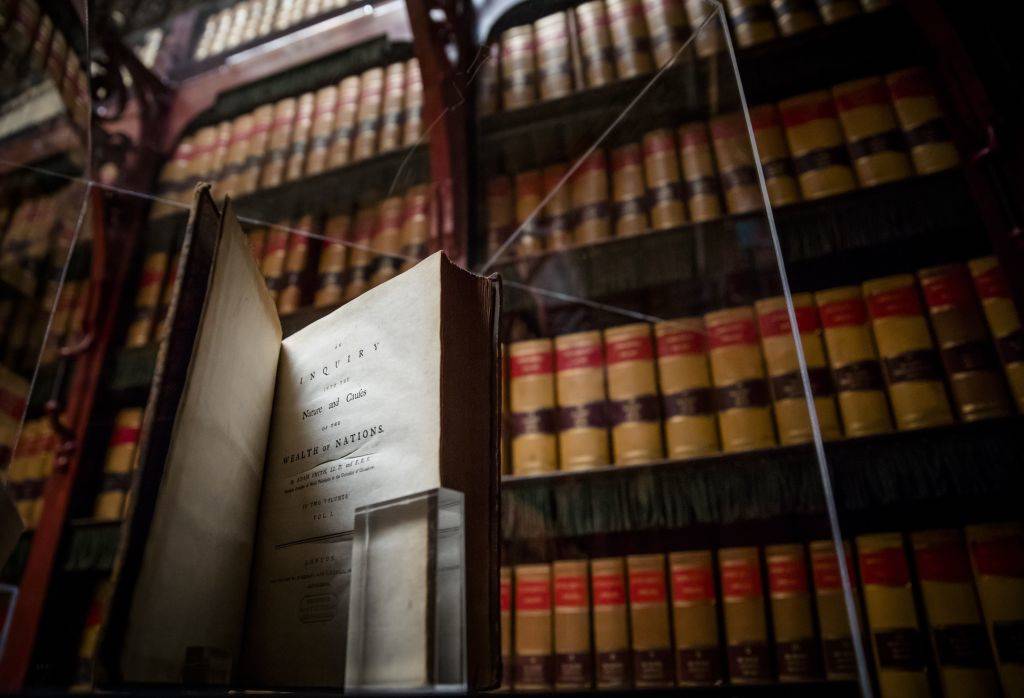
A. Adam Smith
B. Mark Twain
C. Charles Dickens
D. Ernest Hemingway
Answer: Adam Smith
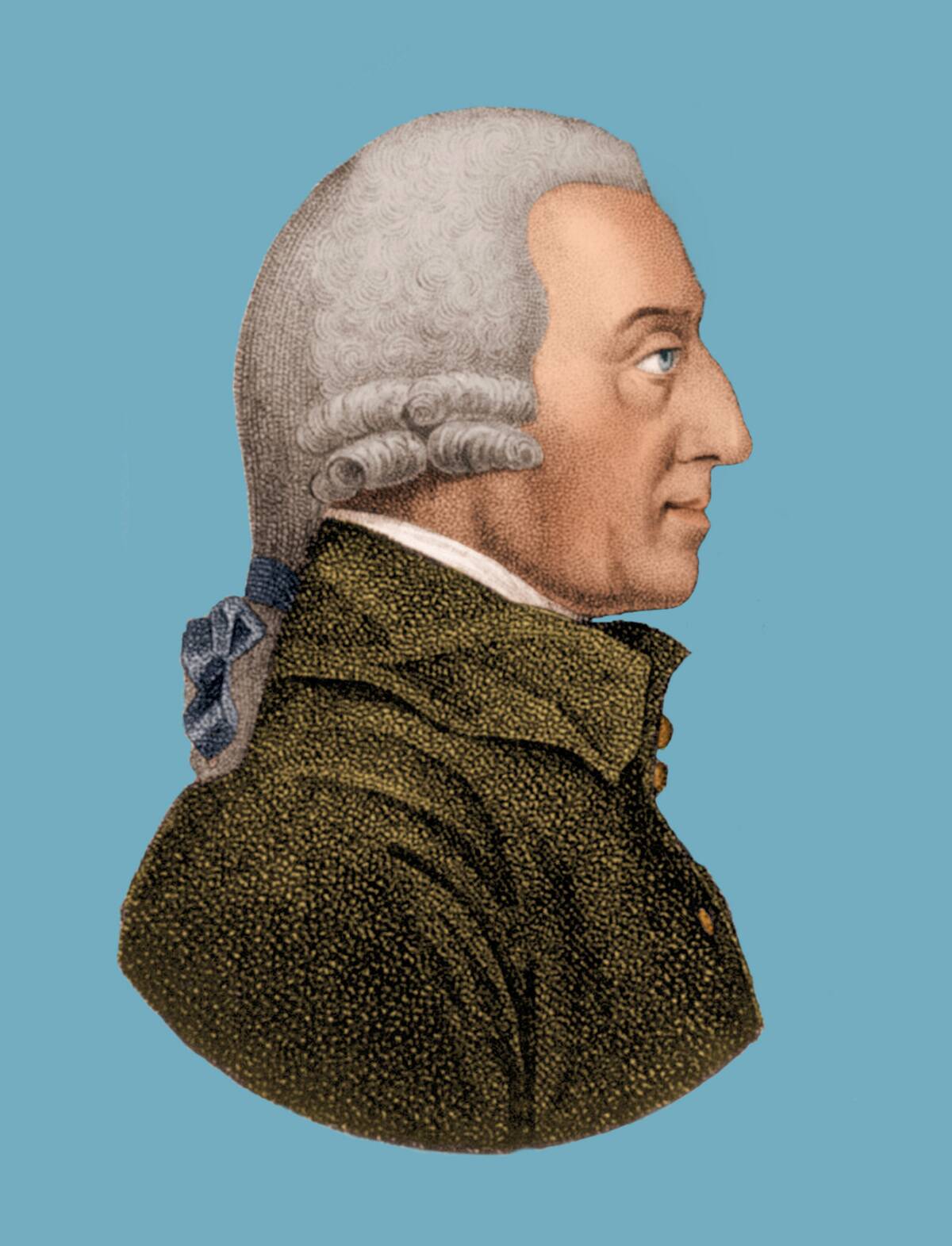
Adam Smith is credited with writing The Wealth of Nations. The book, the first to detail how to build the wealth of a nation, still influences classic economics today.
Which 18th Century author wrote Robinson Crusoe?
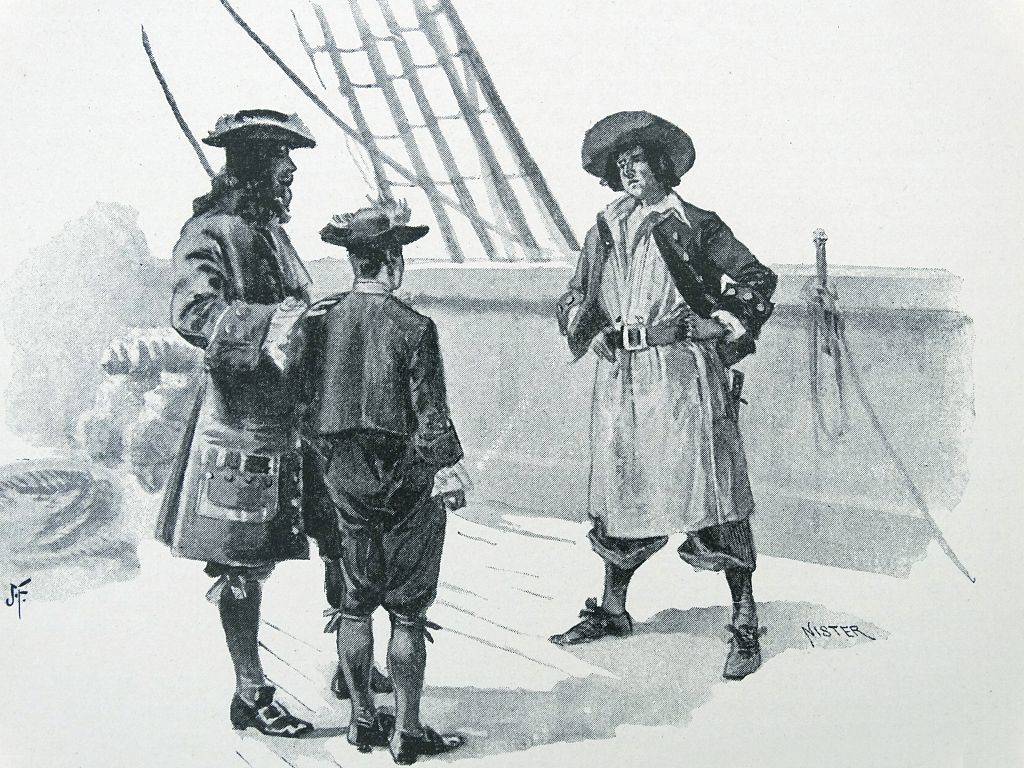
A. Daniel Defoe
B. William Dafoe
C. William Shakespeare
D. E.B. White
Answer: Daniel Defoe
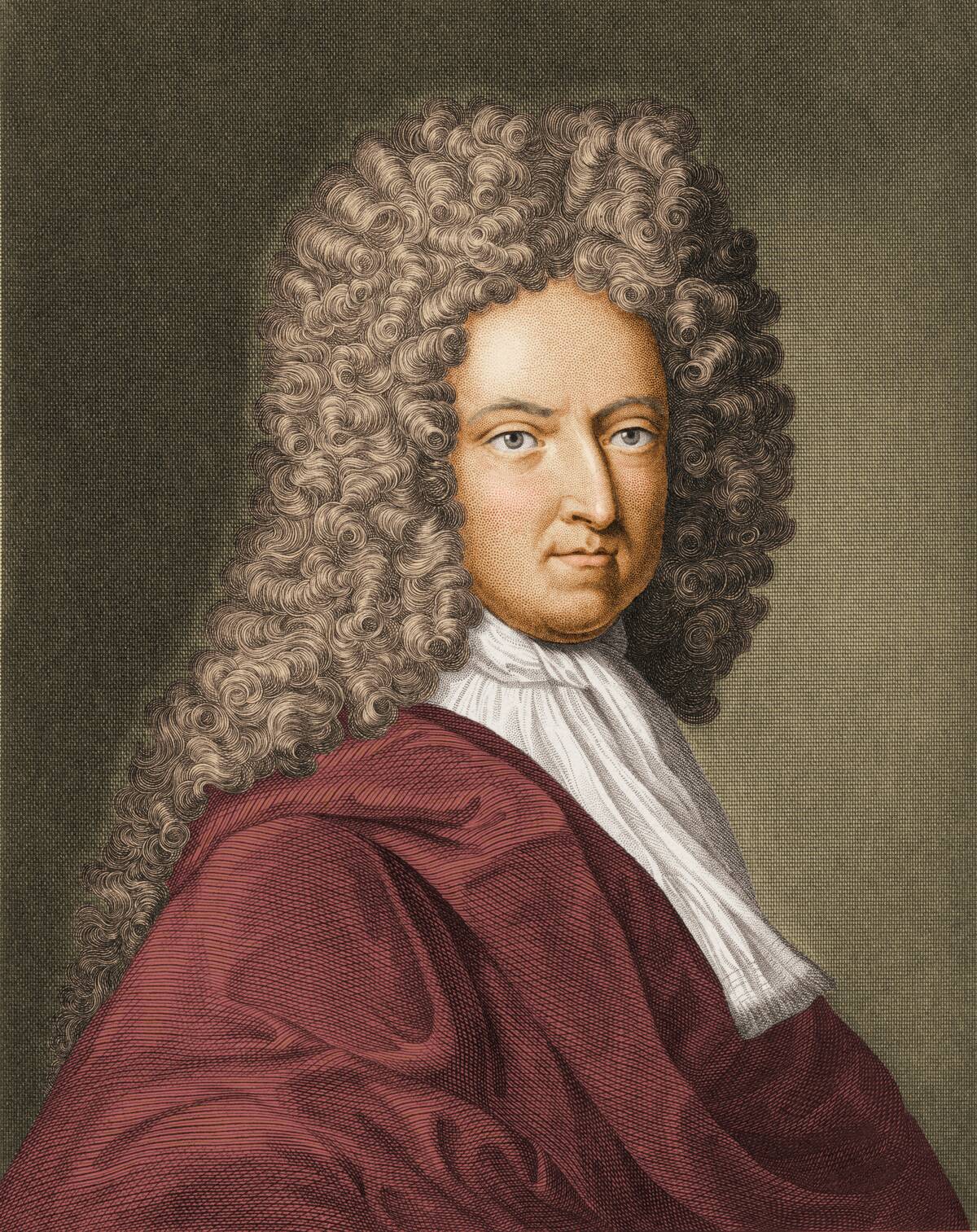
Daniel Defoe, no relation to William, wrote the fictional novel in 1719. The Robinson Crusoe novel chronicled the fictional travels of a castaway. Some believe the tale to be true!
Invented to speed up cotton production, who invented the “Cotton gin”?
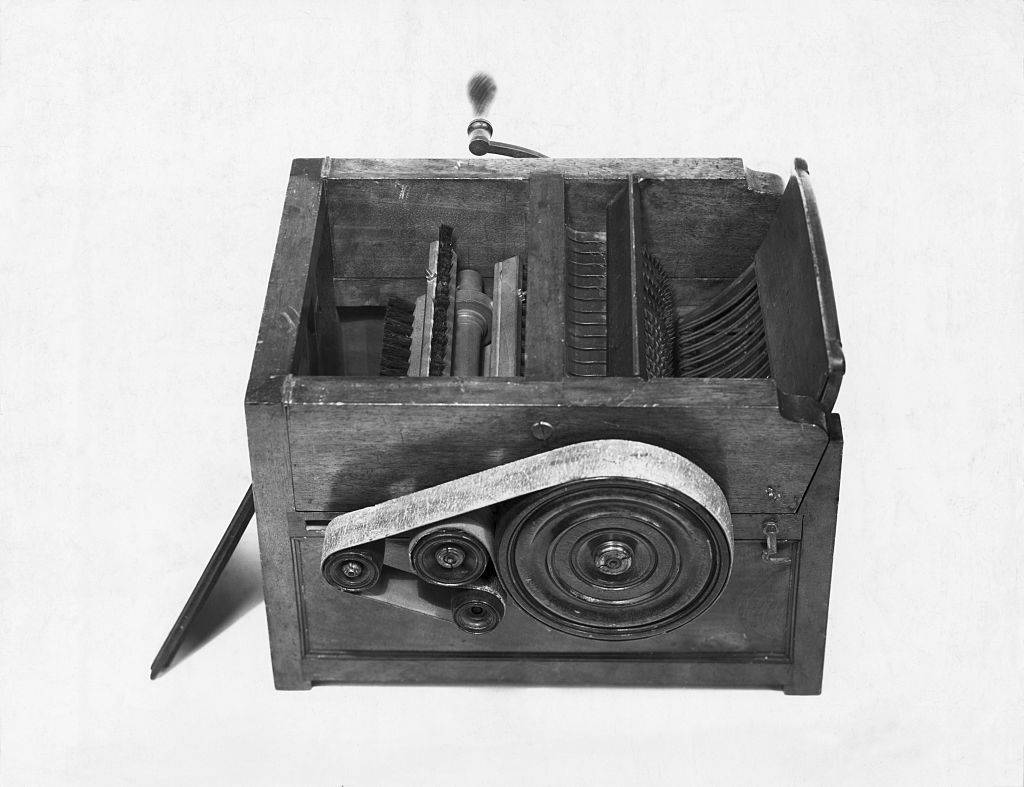
A. Eli Whitney
B. Thomas Edison
C. Alexander Graham Bell
D. Nikola Tesla
Answer: Eli Whitney

The cotton gin, short for cotton engine, was patented by Eli Whitney. Whitney’s machine sped up cotton production. At the time, it was a revolutionary invention for those who worked in the fields.
The Law of Conservation of mass was created by who?
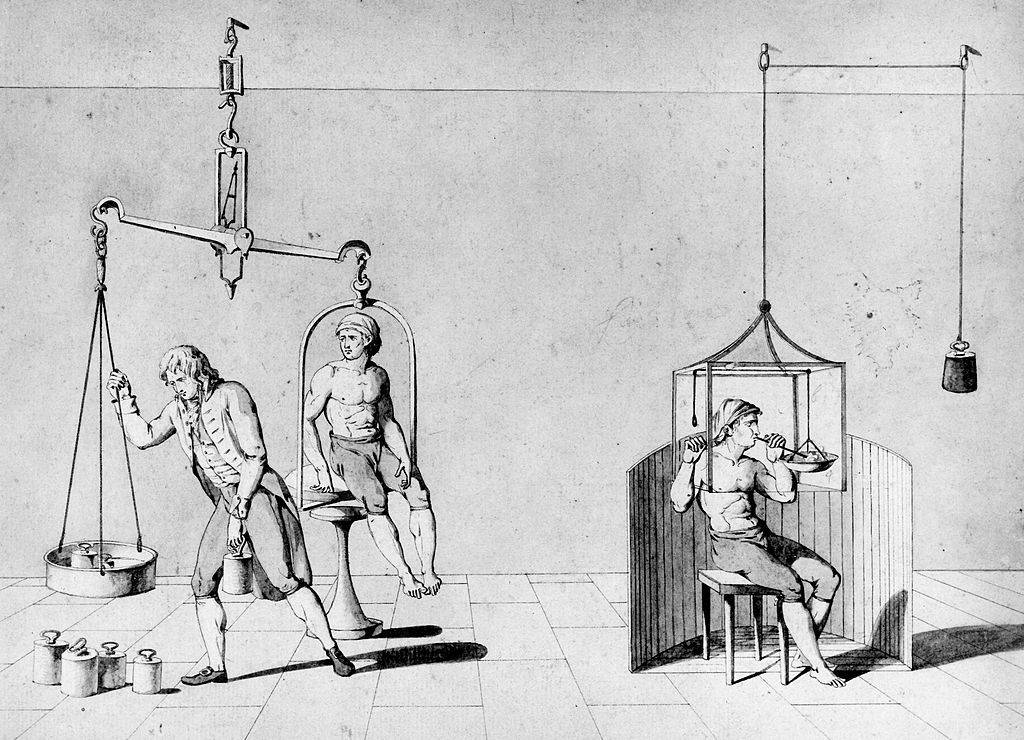
A. Antoine Lavoisier
B. Sir Isaac Newton
C. Albert Einstein
D. Charles Darwin
Answer: Antoine Lavoisier
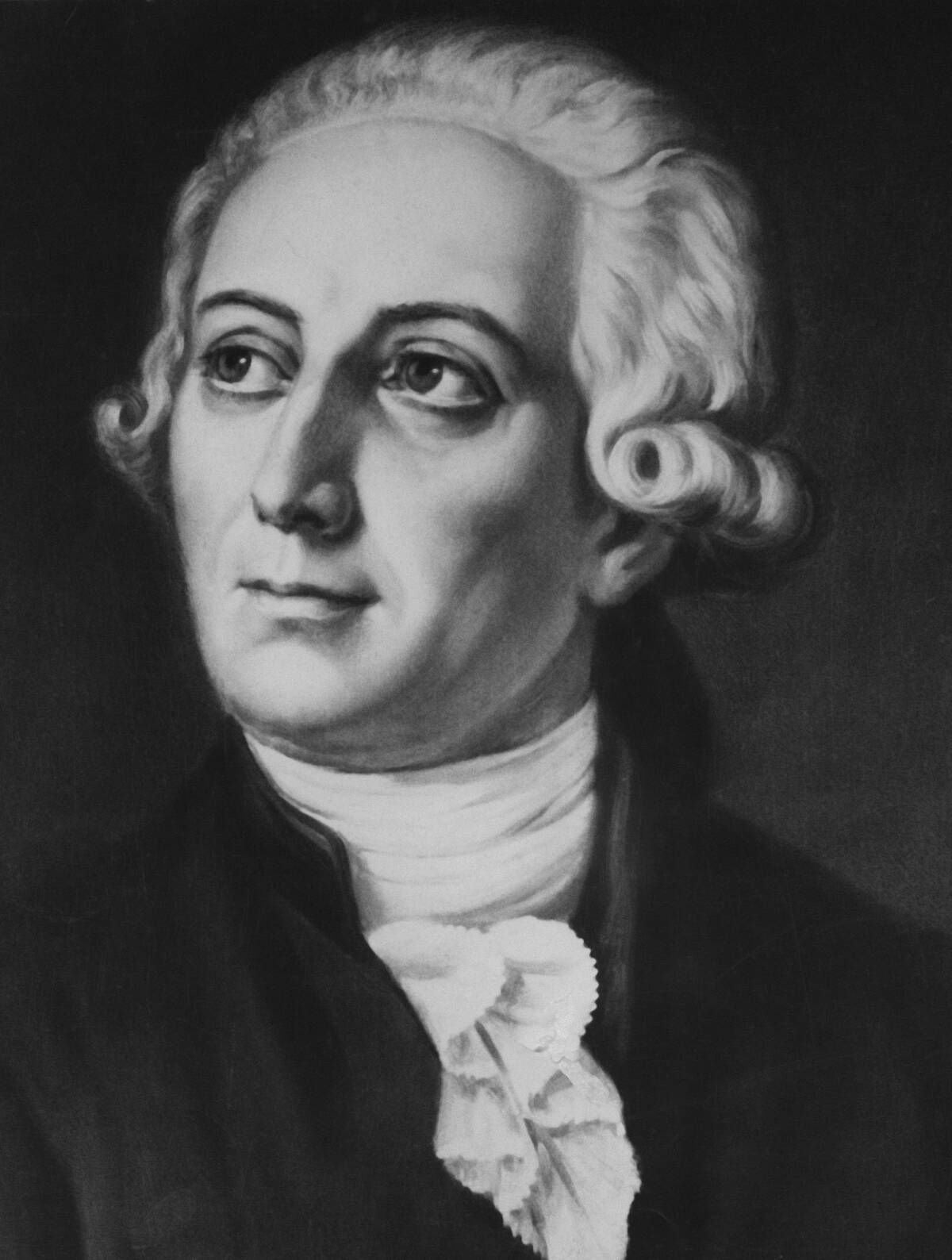
In 1789 Antoine Lavoisier was credited with inventing the law of conservation of mass. Without putting you to sleep, it found chemical reactions did not create or destroy mass.
“Give me liberty, or give me death!” is a quote belonging to who?
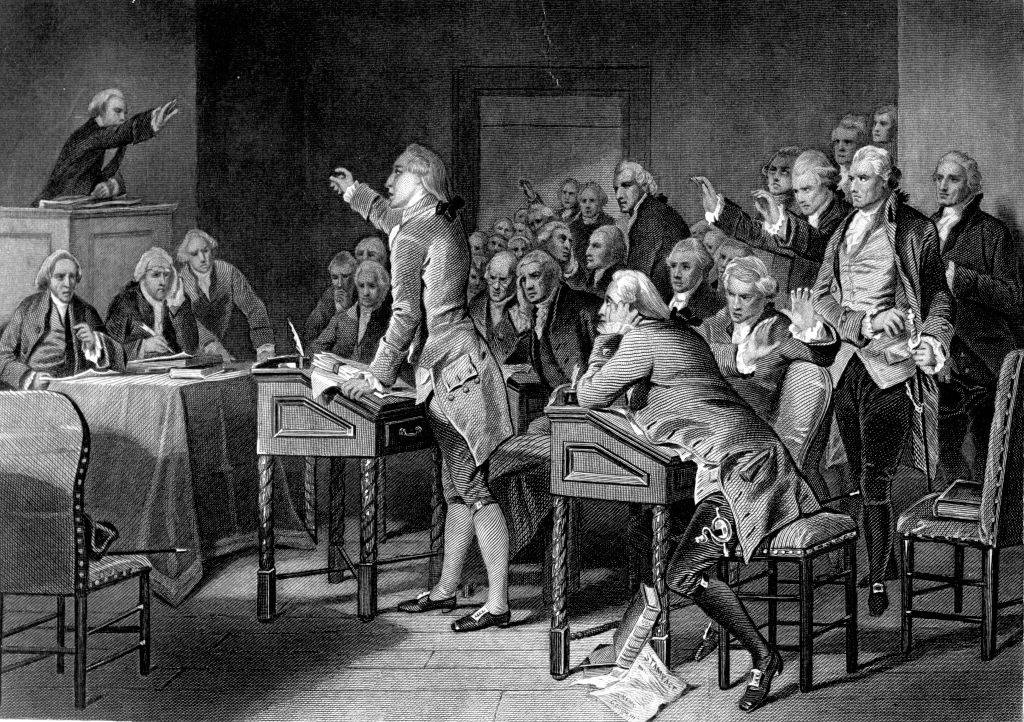
A. Patrick Henry
B. Harvey Dent
C. George Washington
D. Abraham Lincoln
Answer: Patrick Henry

While giving a speech at a convention, Patrick Henry uttered the famous words, “Give me liberty, or give me death!”. Future U.S. presidents Washington and Jefferson attended the convention.
Whose famous midnight horse ride warned of a British invasion?
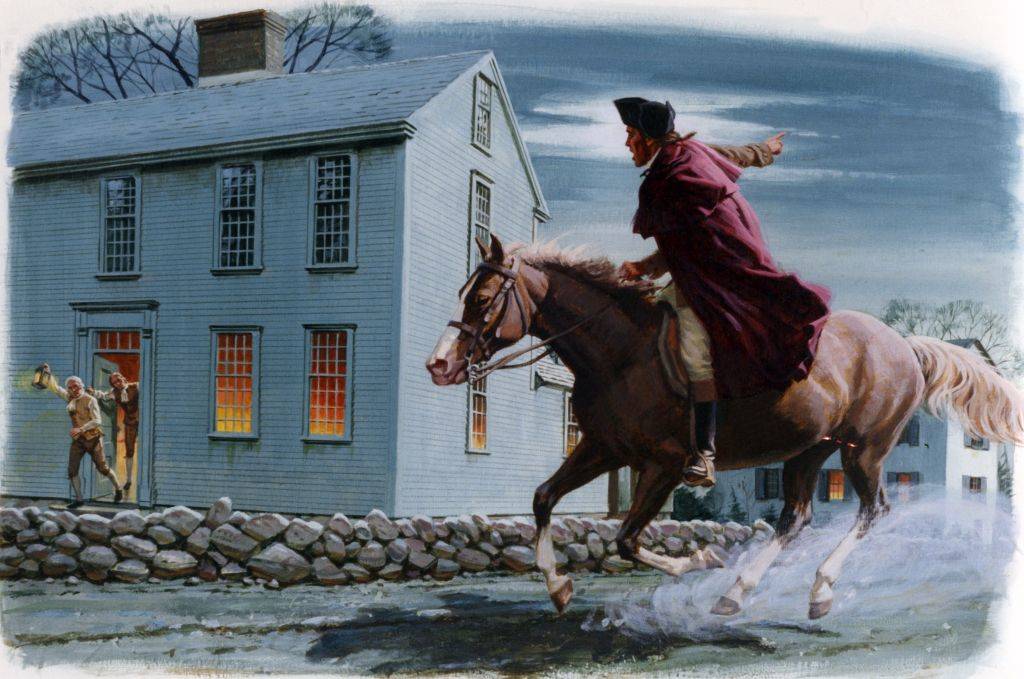
A. Paul Revere
B. Paul Bunyan
C. John Paul
D. John Wayne
Answer: Paul Revere
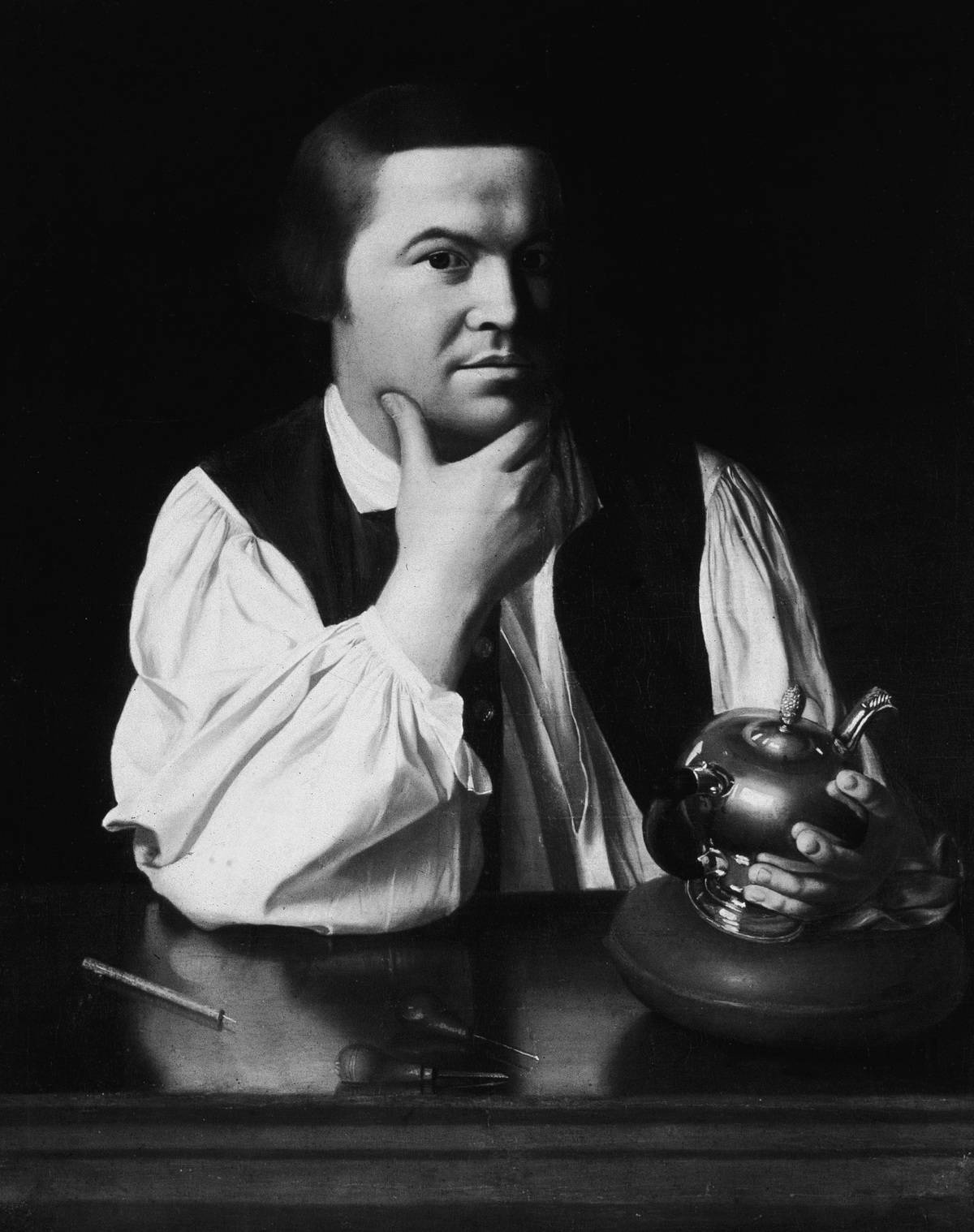
A silversmith by trade, Paul Revere famously rode his horse warning of an impending attack by the British. Revere’s legendary ride came at the beginning of the American Revolution.
What is the one-word name of this Age of Enlightenment writer?
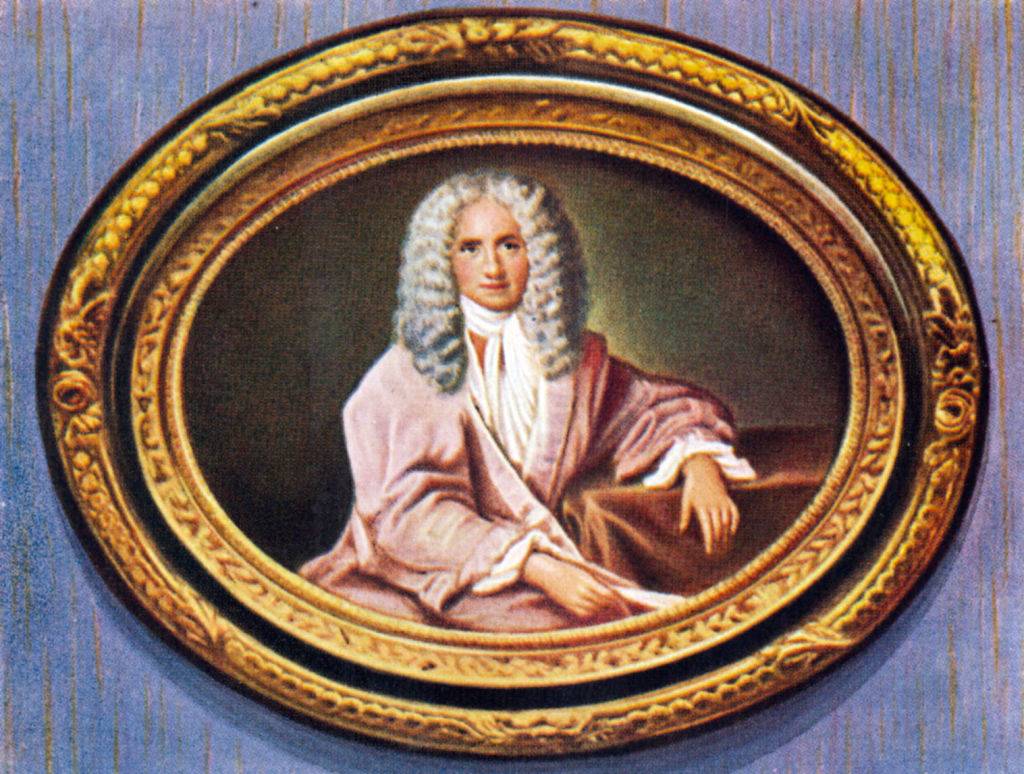
A. Voltaire
B. Socrates
C. Plato
D. Aristotle
Answer: Voltaire
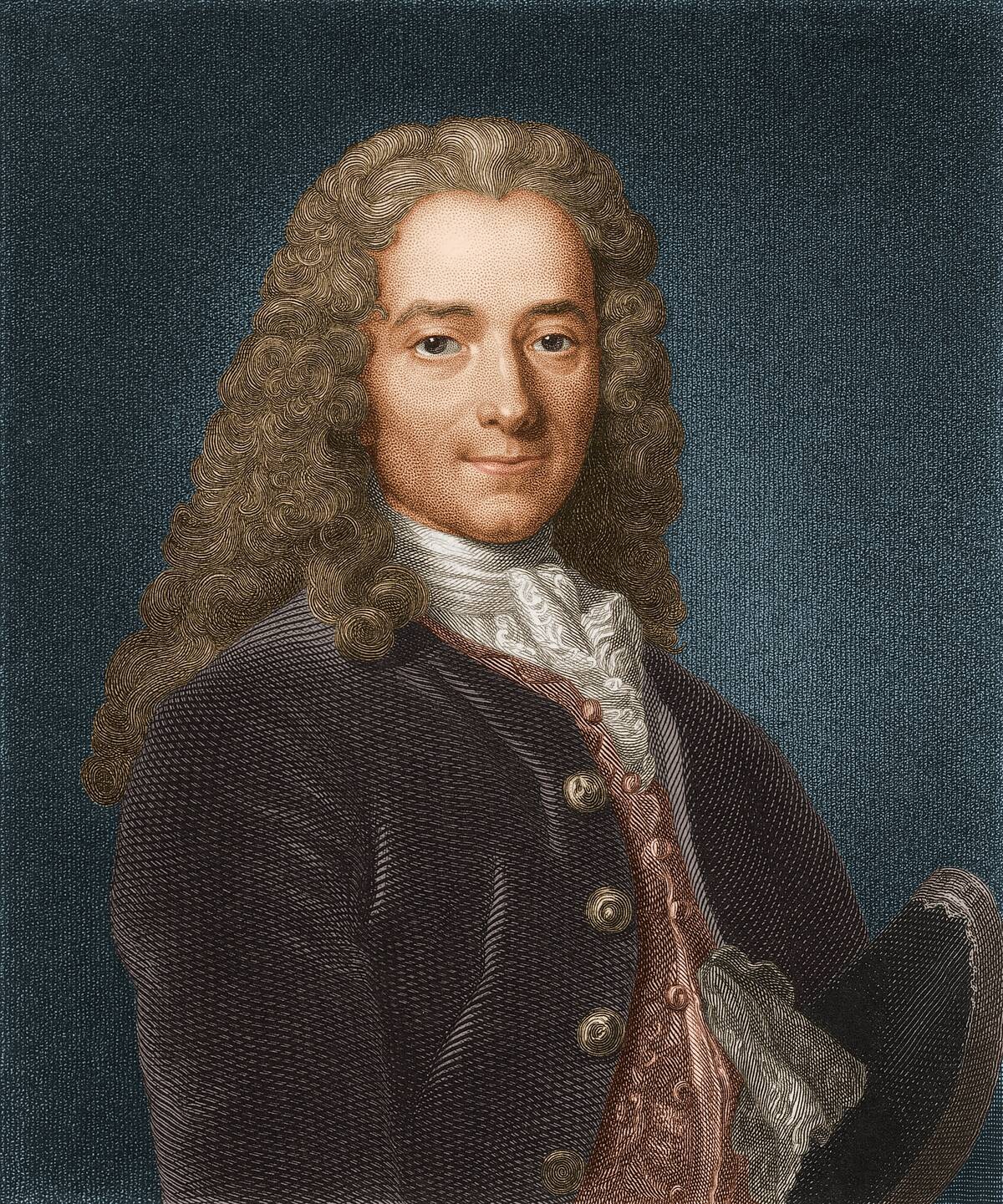
Francois-Marie Arouet is more famously known by the pen-name, Voltaire. Voltaire used his wit to criticize Christianity. Voltaire advocated strongly for both freedoms of speech and freedom of religion.
Who was the “Father of Liberalism”?
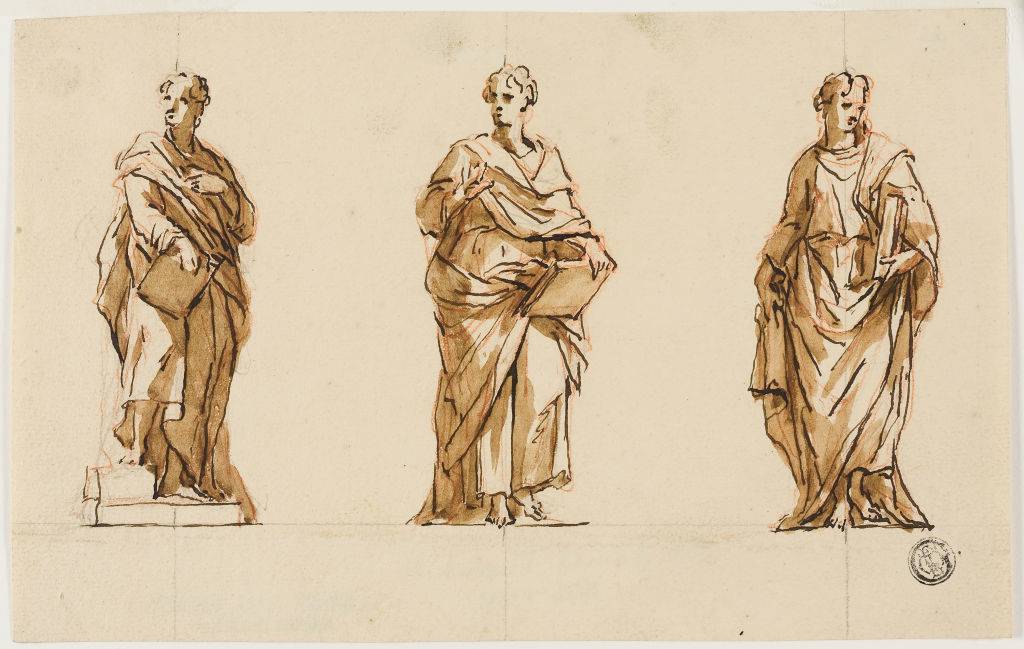
A. John Locke
B. John Doe
C. John Anderson
D. John Jones
Answer: John Locke

John Locke, the Father of Liberalism, had fundamental issues with the original “Social Contract.” Locke believed that society should have the electoral powers to select or remove government if necessary.
Who co-wrote the book Lyrical Ballads with Samuel Taylor Coleridge?
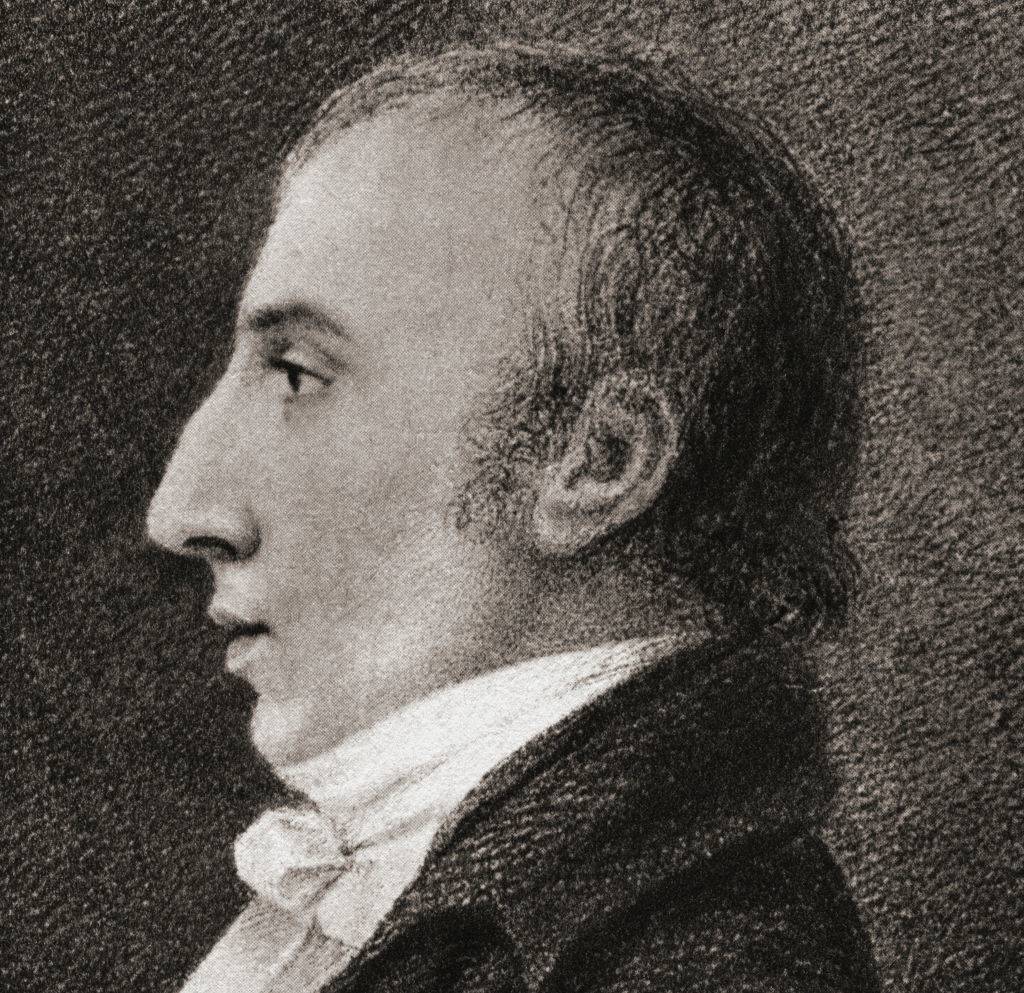
A. William Wordsworth
B. William Shakespeare
C. William Tell
D. William Farrell
Answer: William Wordsworth
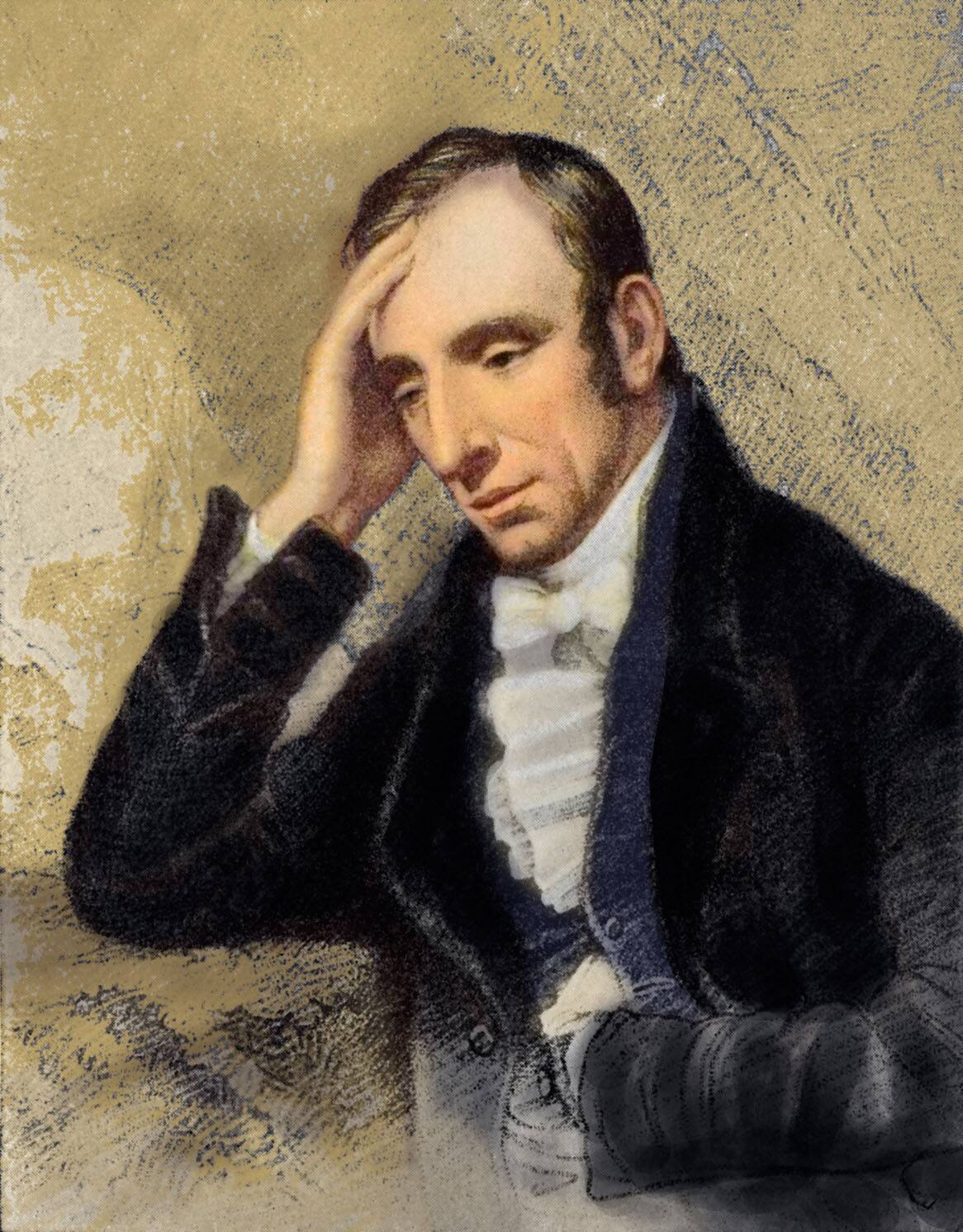
The collection of poems in Lyrical Ballads was co-written by William Wordsworth in 1798. Wordsworth and Coleridge penned poems for everyday people, written in the common language without any flowery vocabulary.
Cheers! What Founding Father has a beer named after him?
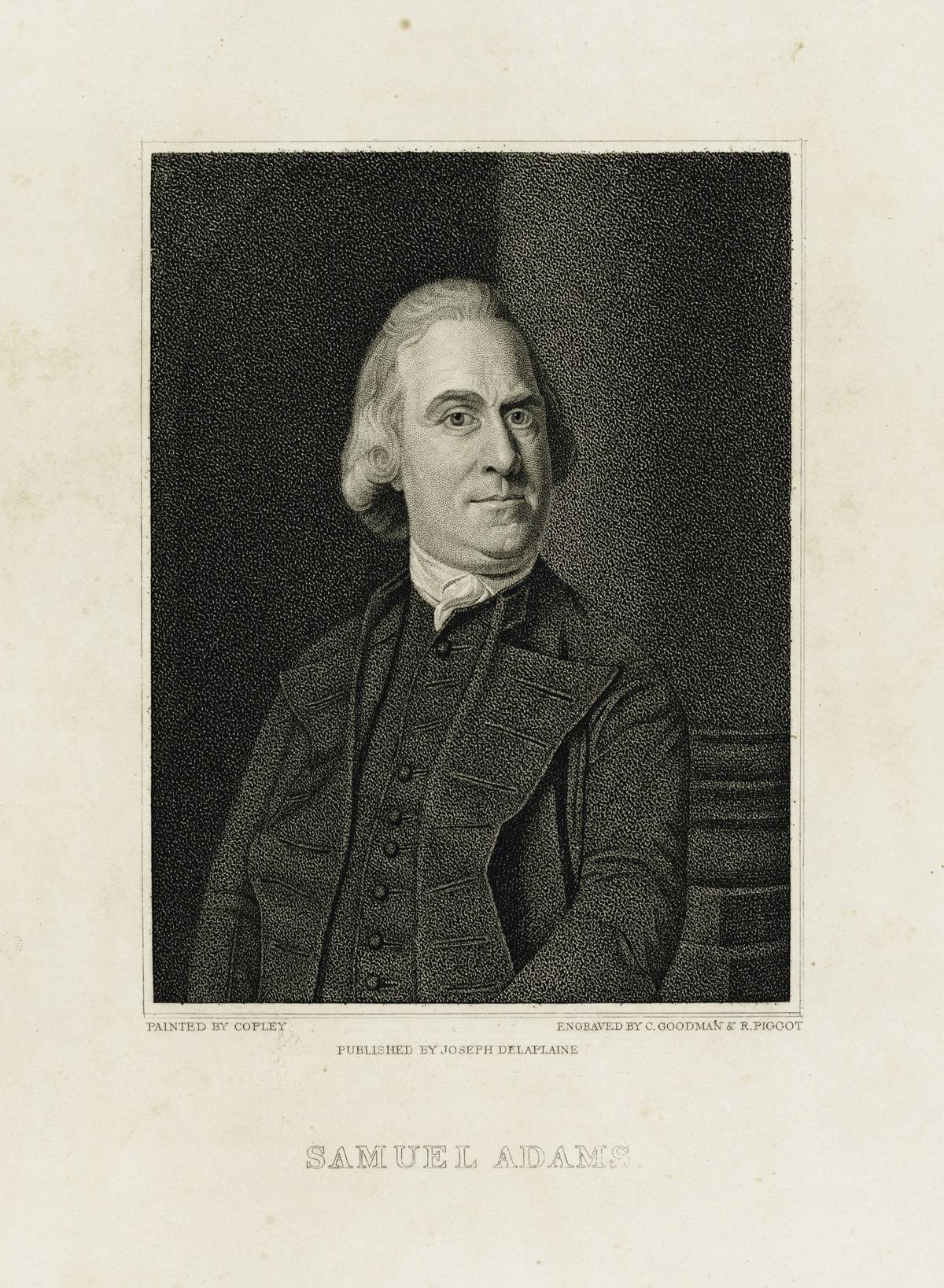
A. Samuel Adams
B. George Jefferson
C. Tom Washington
D. Ted Kennedy
Answer: Samuel Adams
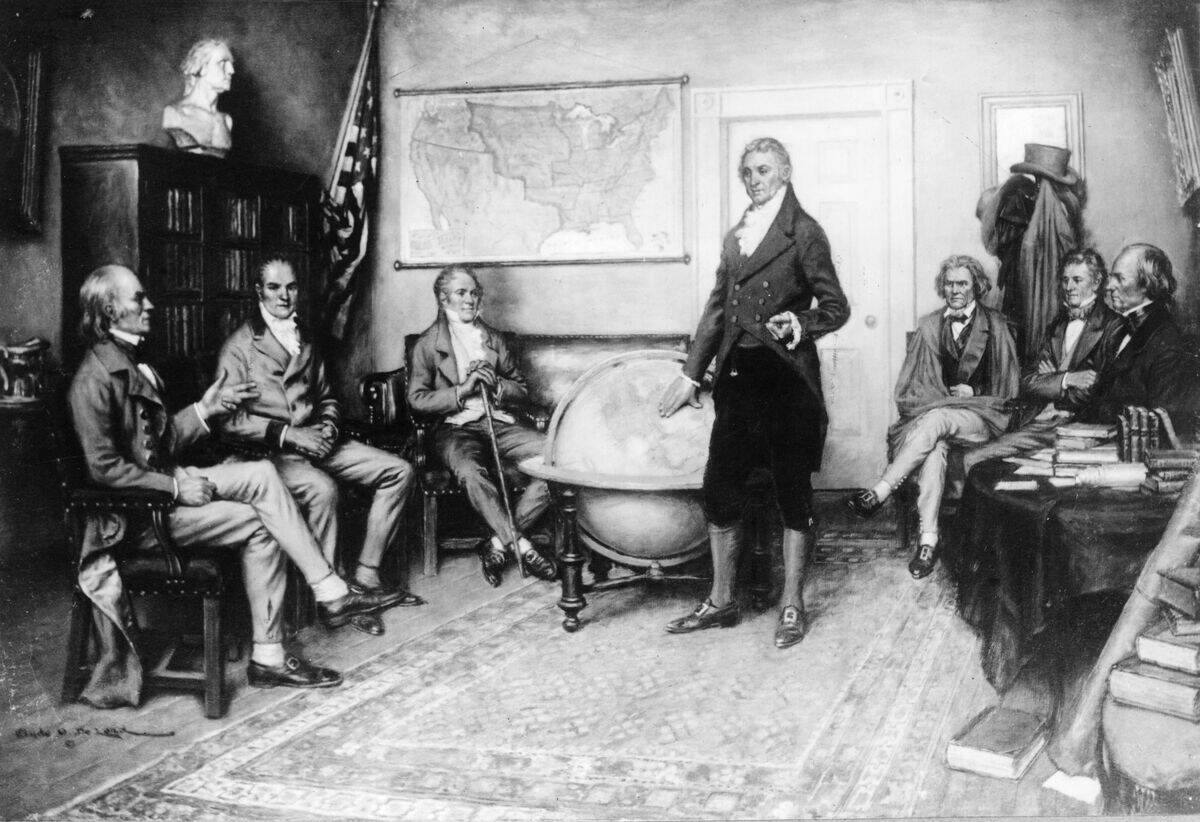
Samuel Adams, cousin of then U.S. President John Adams, is one of the Founding Fathers of the United States. The Boston-native-inspired beer is brewed in Boston, baring his name.
Toccata and Fugue in D minor was the work of which composer?
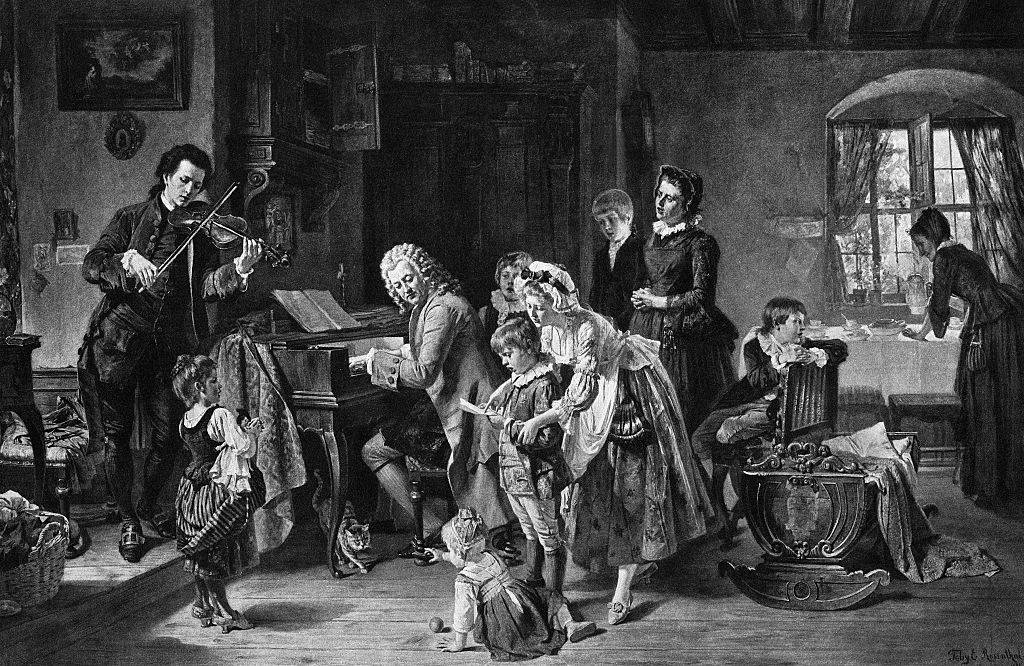
A. Johann Sebastian Bach
B. Beethoven
C. Mozart
D. Pavarotti
Answer: Johann Sebastian Bach
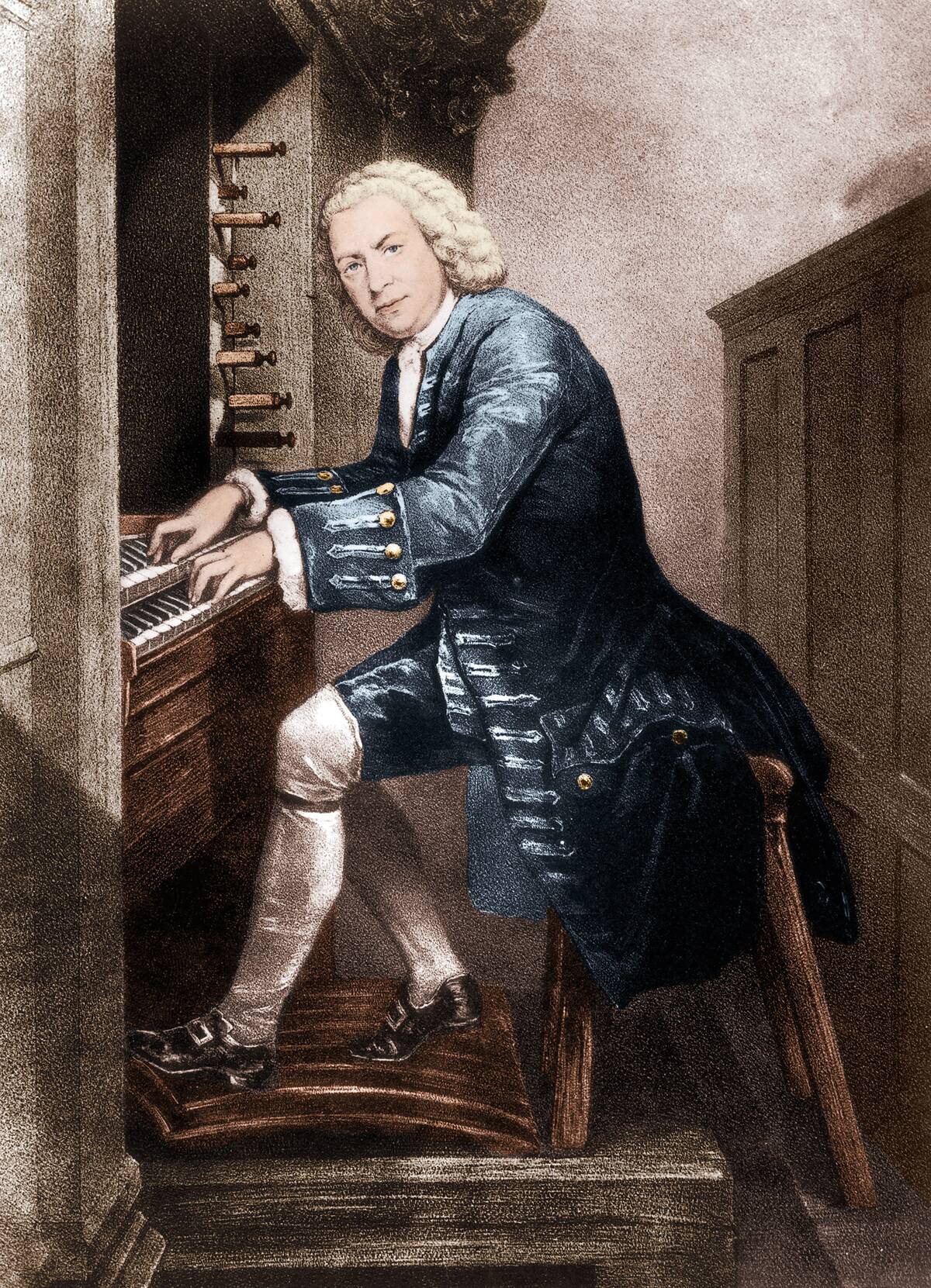
Toccata and Fugue in D minor was composed by Johann Sebastian Bach. Bach actually taught musical composition to eight-year-old Mozart and is considered a father of Western Classical music.
Arrrrgh! Who is one of history’s most infamous pirates?
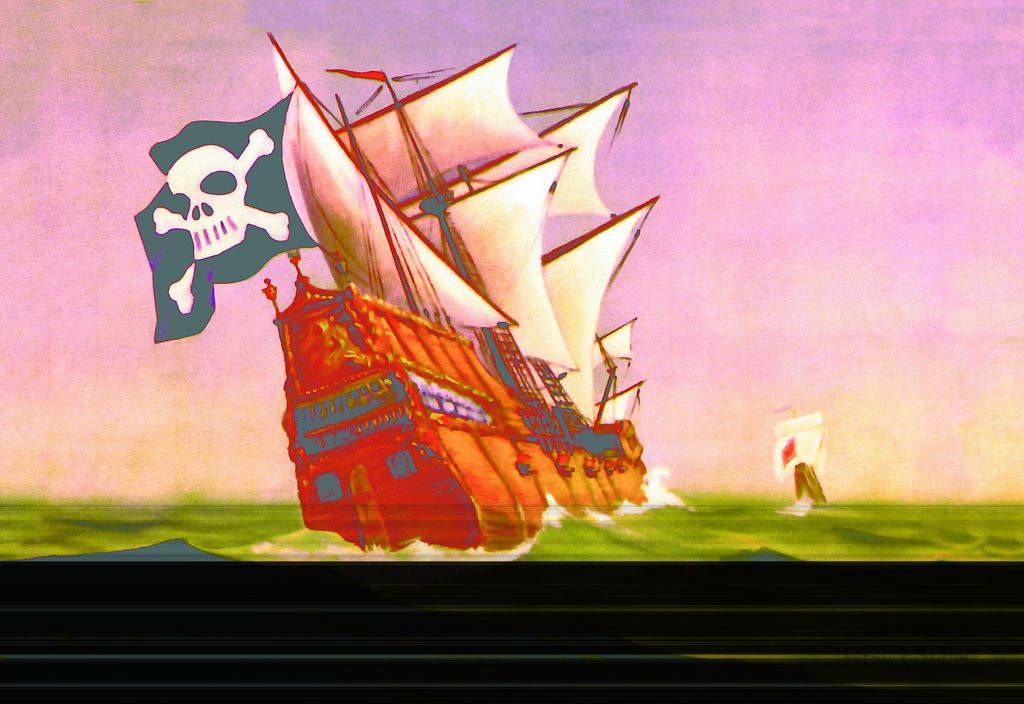
A. Blackbeard
B. Alexander Hamilton
C. Marie Antionette
D. Davy Crockett
Answer: Blackbeard
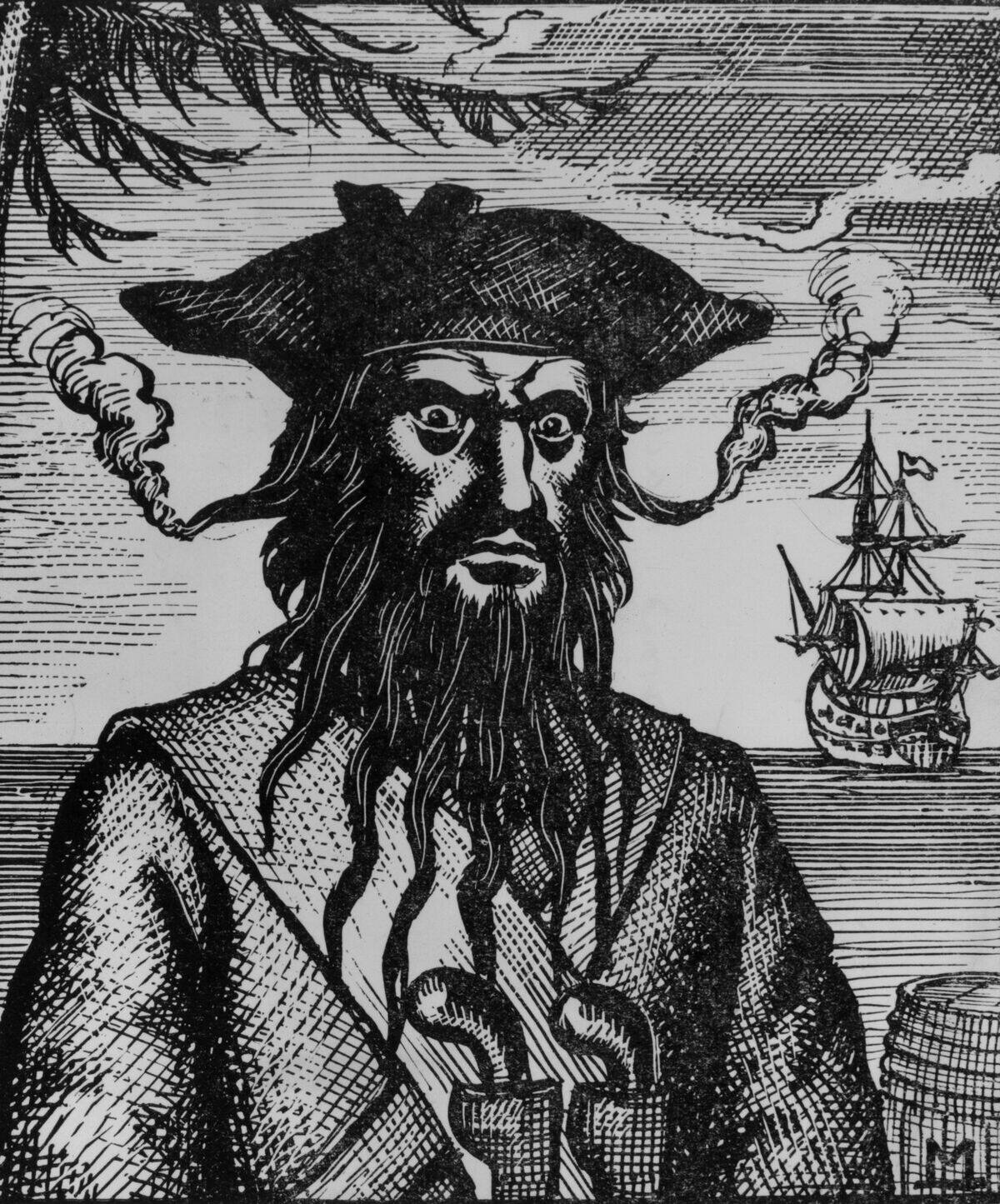
Captain Edward Teach, aka “Blackbeard,” is globally regarded as history’s most notorious pirate. Blackbeard seized a French ship, renamed it “Queen Anne’s Revenge,” and armed it with 40 guns.
What French lawyer is largely responsible for the fall of the French monarchy?
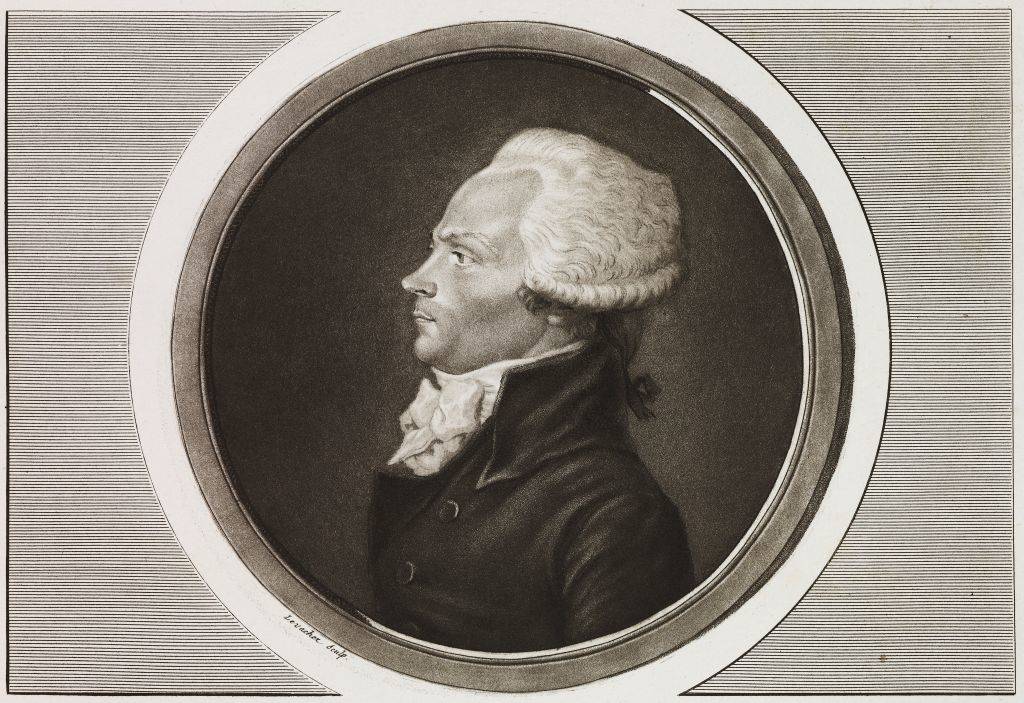
A. Maximilien Robespierre
B. Napoleon Bonaparte
C. Pierre Trudeau
D. Jacques Cousteau
Answer: Maximilien Robespierre
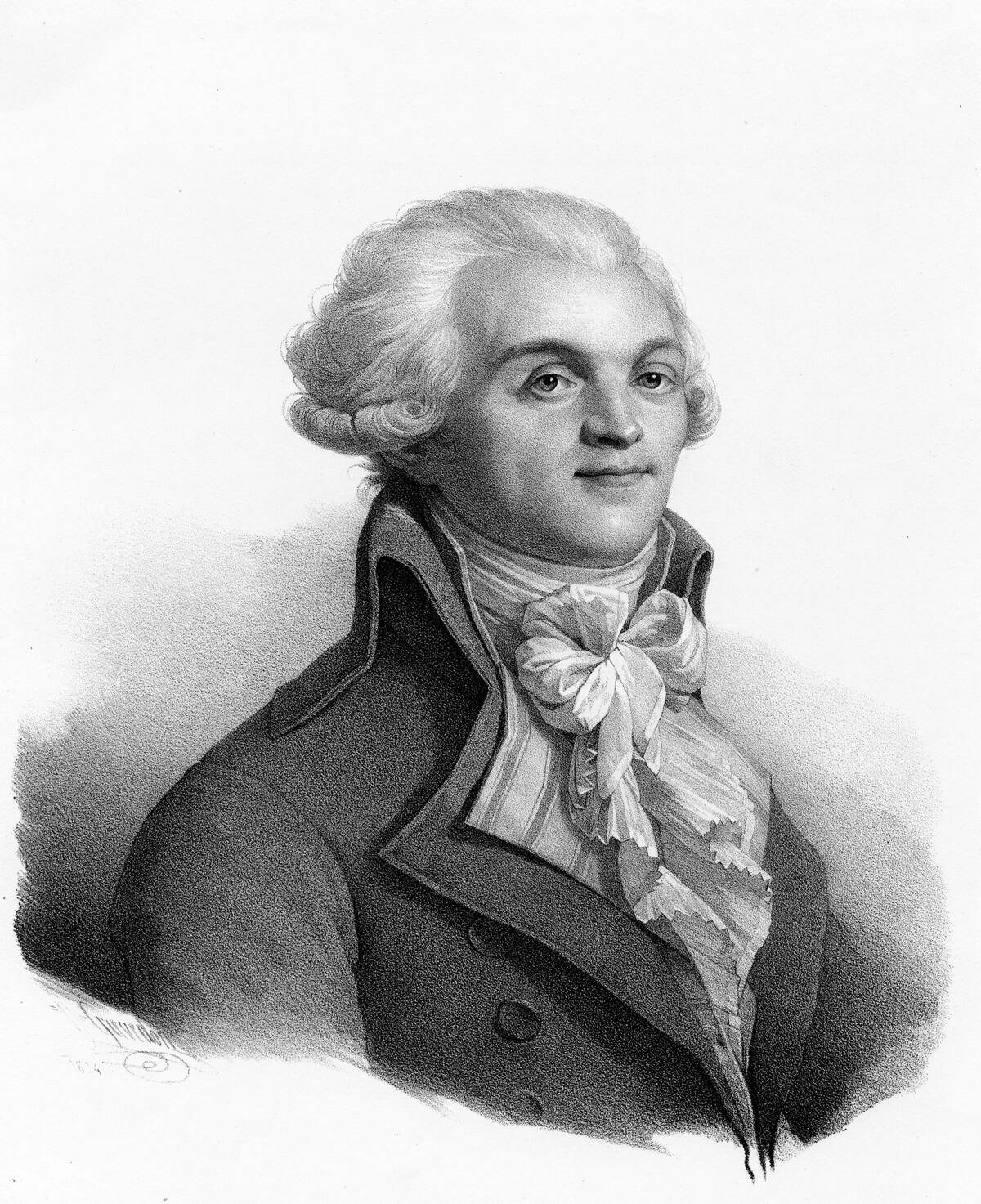
Robespierre was one of the most influential figures in the French Revolution. Robespierre ruffled more than a few feathers calling for the abolishment of slavery and advocating ending clerical celibacy.
Who was the last Queen of France before the French Revolution?
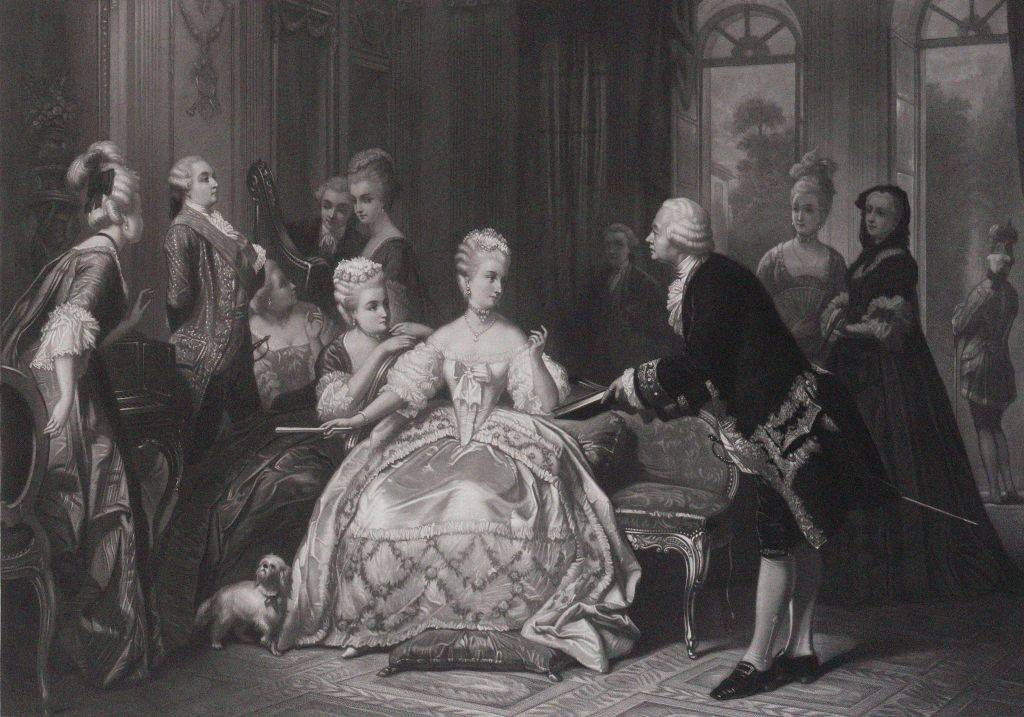
A. Marie Antoinette
B. Laura Secord
C. Celine Dion
D. Anne Marie II
Answer: Marie Antoinette
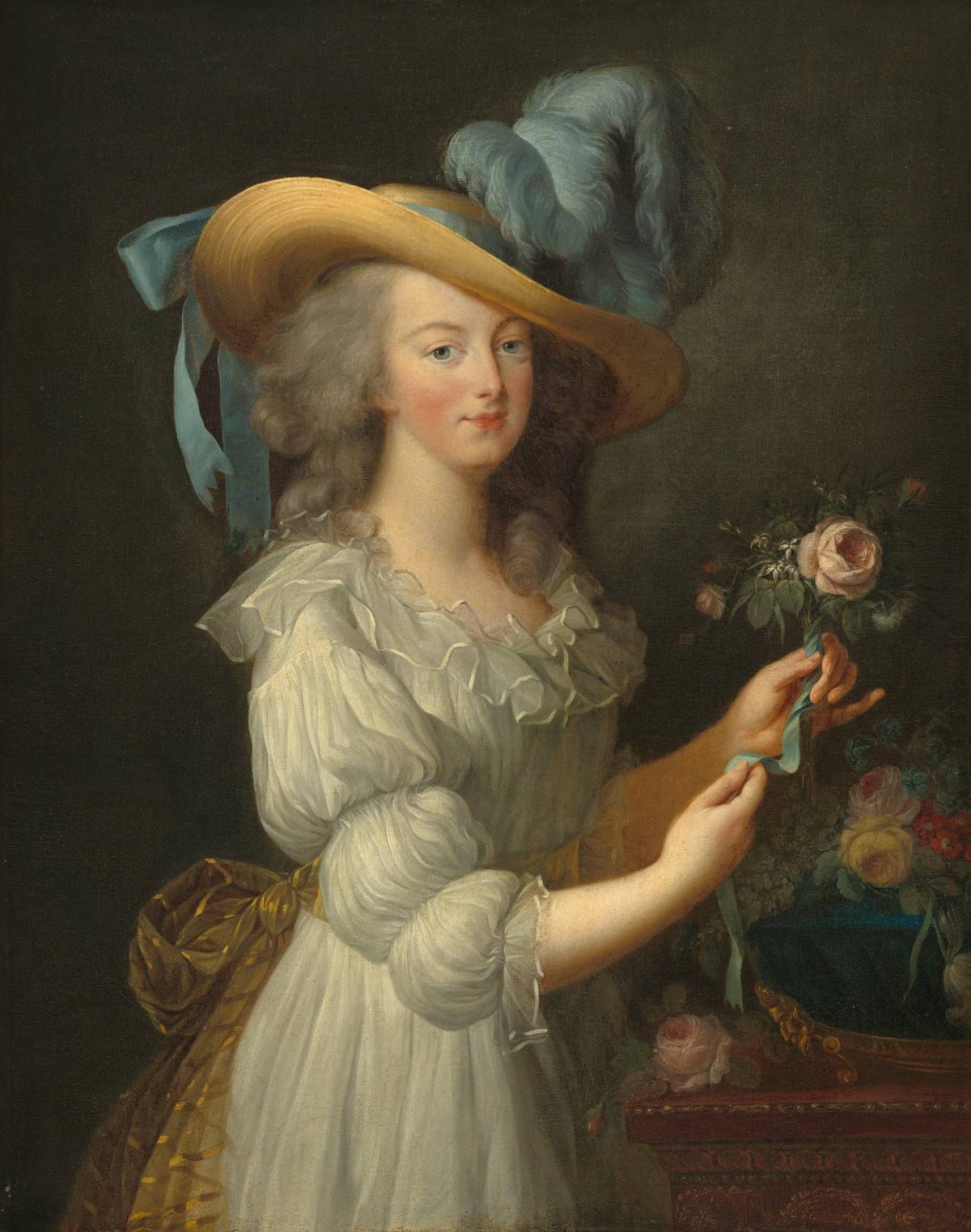
Marie Antoinette Josephe Jeanne became a queen after marrying Louis-Auguste. Her husband later became Louis XVI as, the last King of France before the toppling of the French monarchy.
“The Four Seasons” was the work of what composer?
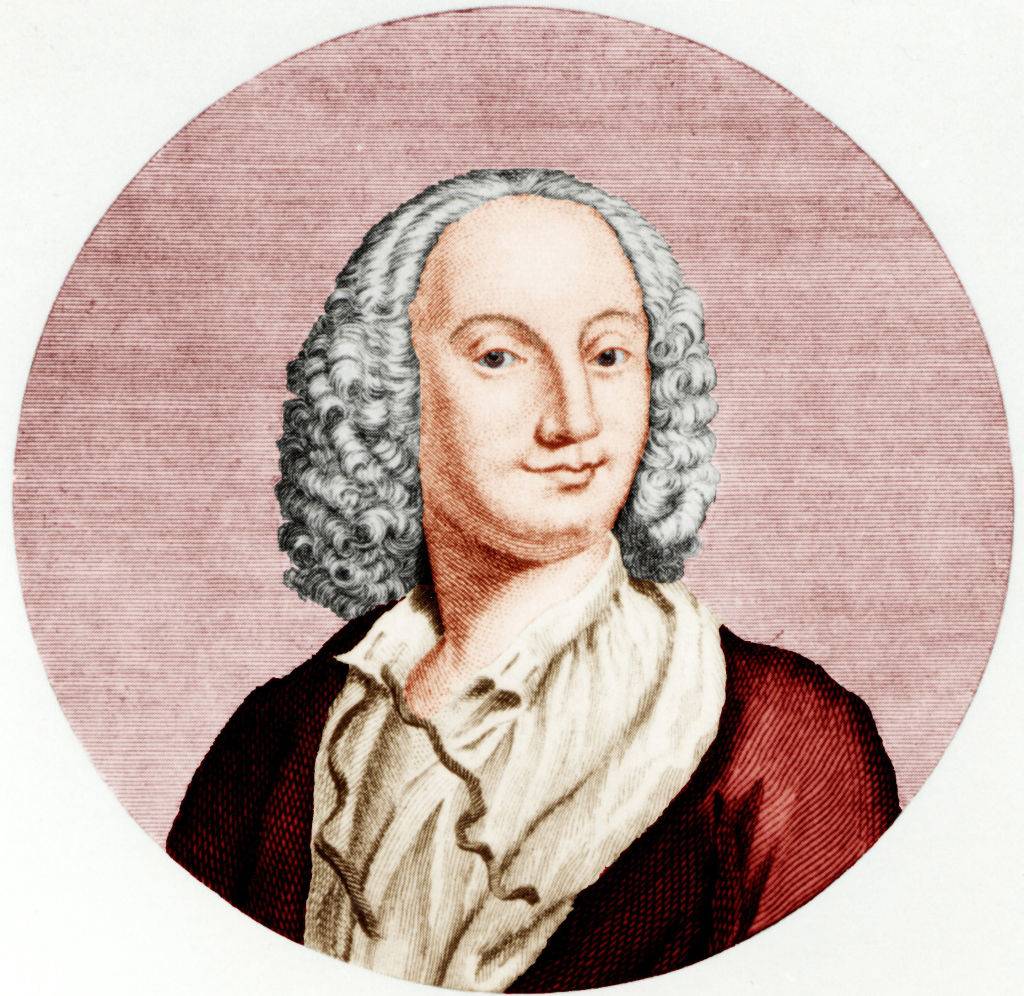
A. Antonio Vivaldi
B. Bach
C. Mozart
D. Beethoven
Answer: Antonio Vivaldi
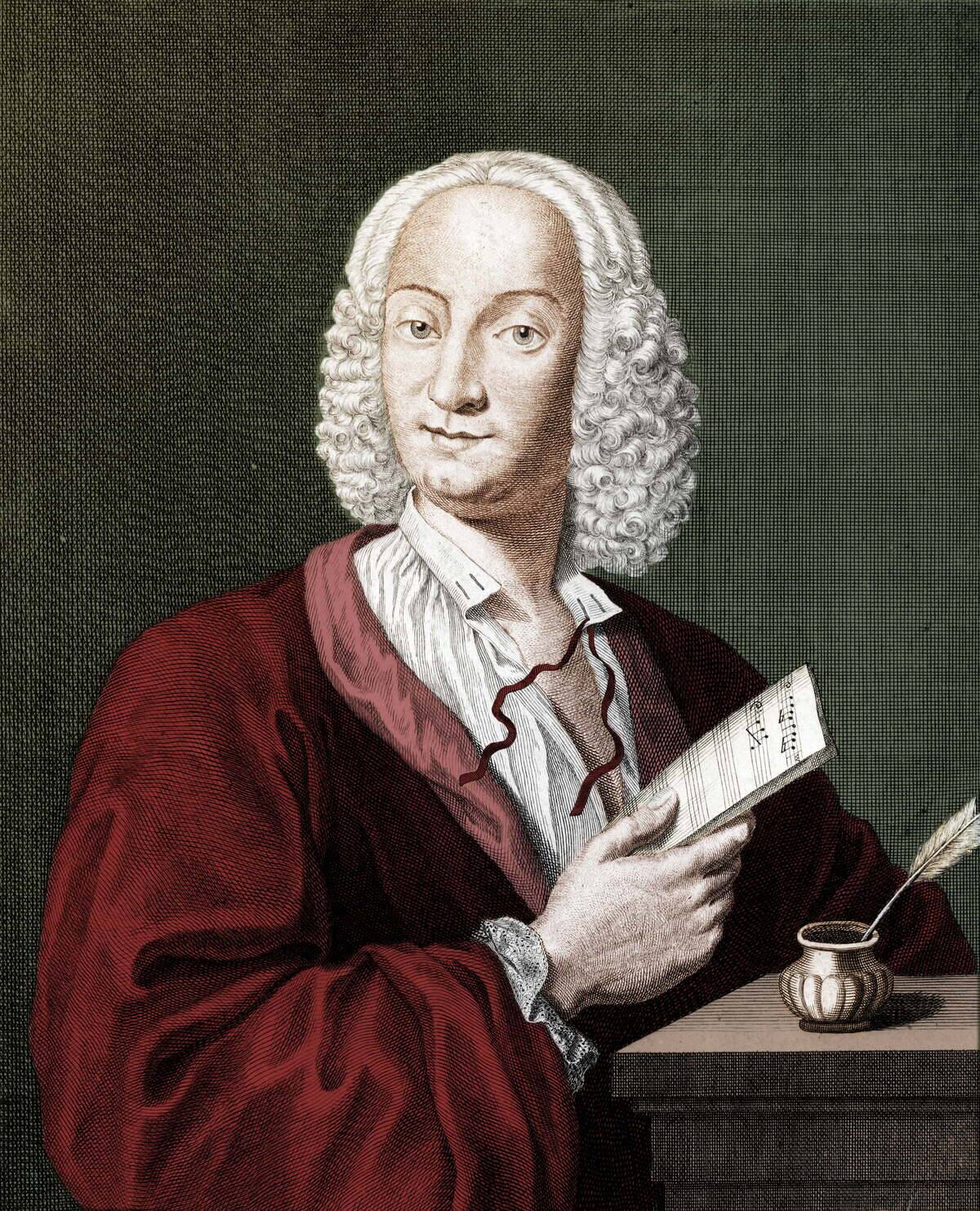
Vivaldi composed “The Four Seasons,” his most popular work. Vivaldi was a teacher, violinist, composer, and even a Roman Catholic priest. Vivaldi used violins and many other instruments.
Which novelist wrote Tom Jones?

A. Henry Fielding
B. Quincy Jones
C. Charles Dickens
D. Robert Burns
Answer: Henry Fielding
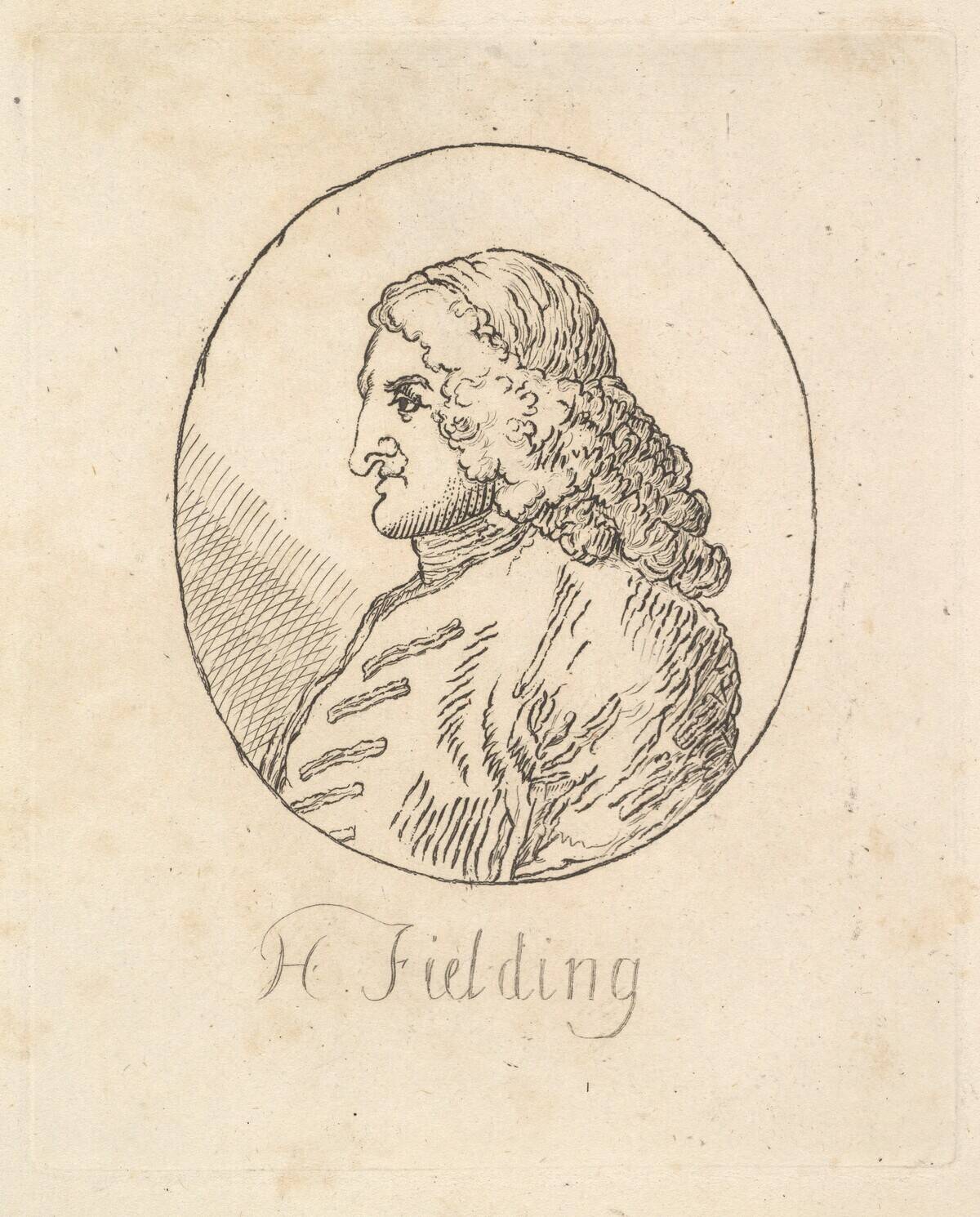
Henry Fielding wrote The History of Tom Jones, a Foundling. The comedic book is one of the first novels in the English language, and is over 1,000 pages long.
What philosopher wrote The Social Contract?
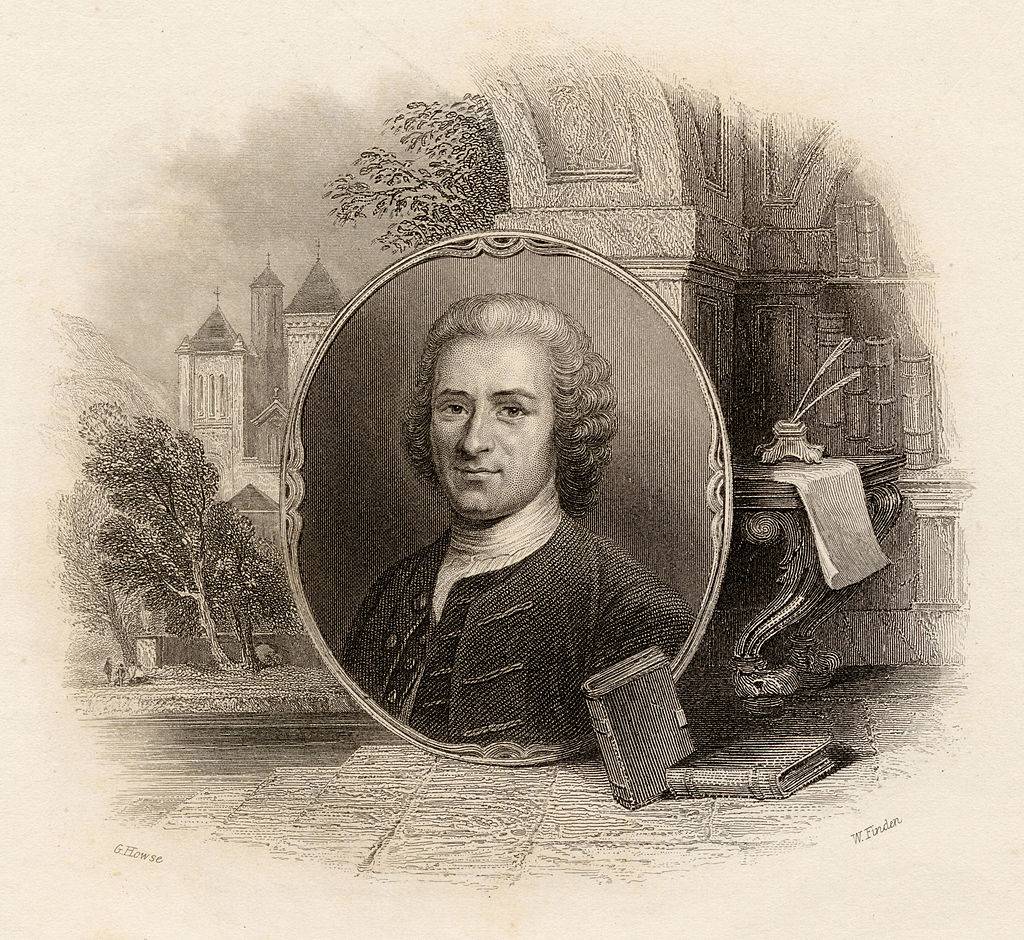
A. Jean-Jacques Rousseau
B. Jacques Plante
C. Jacques Cousteau
D. Georges St. Pierre
Answer: Jean-Jacques Rousseau
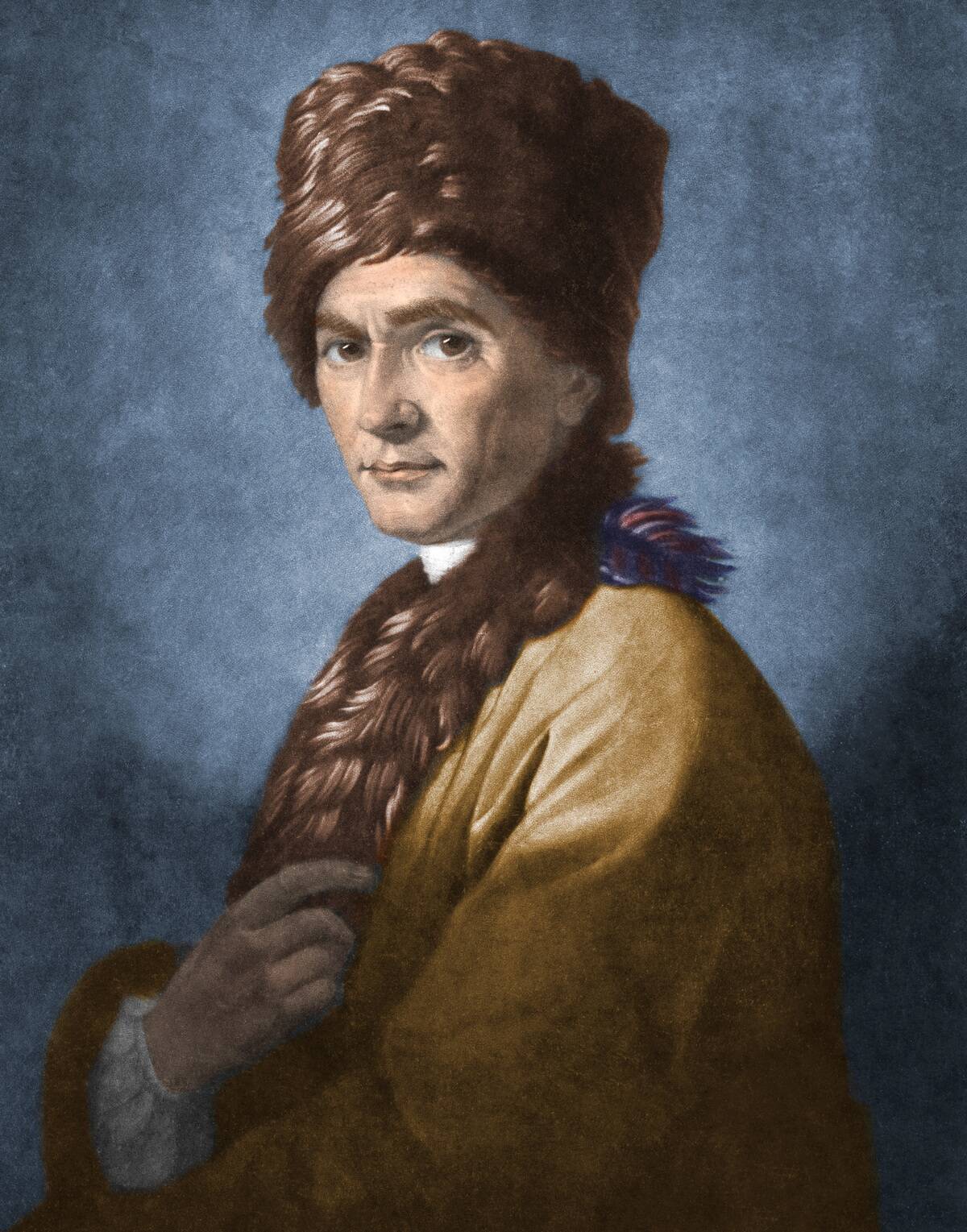
Yes, Jean-Jacques Rousseau was a philosopher who also wrote Social Contract, among other works. The book is about the power being of the people and has inspired modern political reforms.
This person was obsessed with the steam engine; who was he?
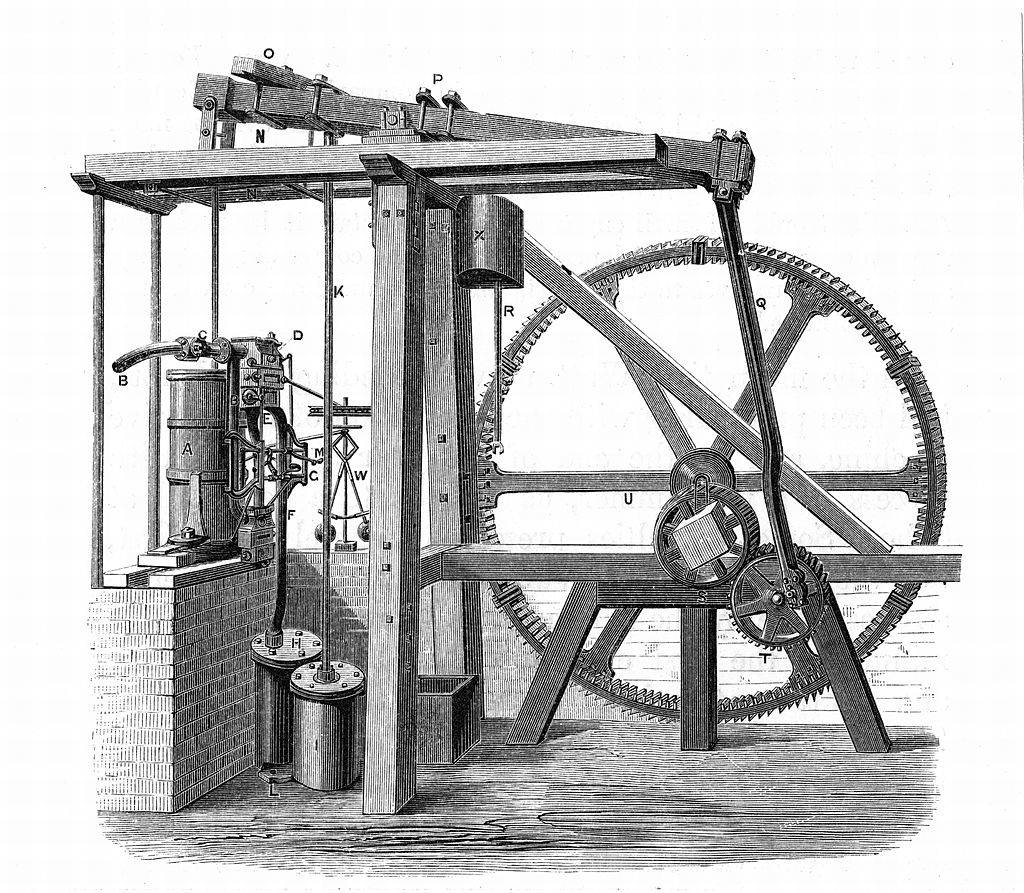
A. James Watt
B. Thomas Edison
C. Benjamin Franklin
D. Isaac Newton
Answer: James Watt
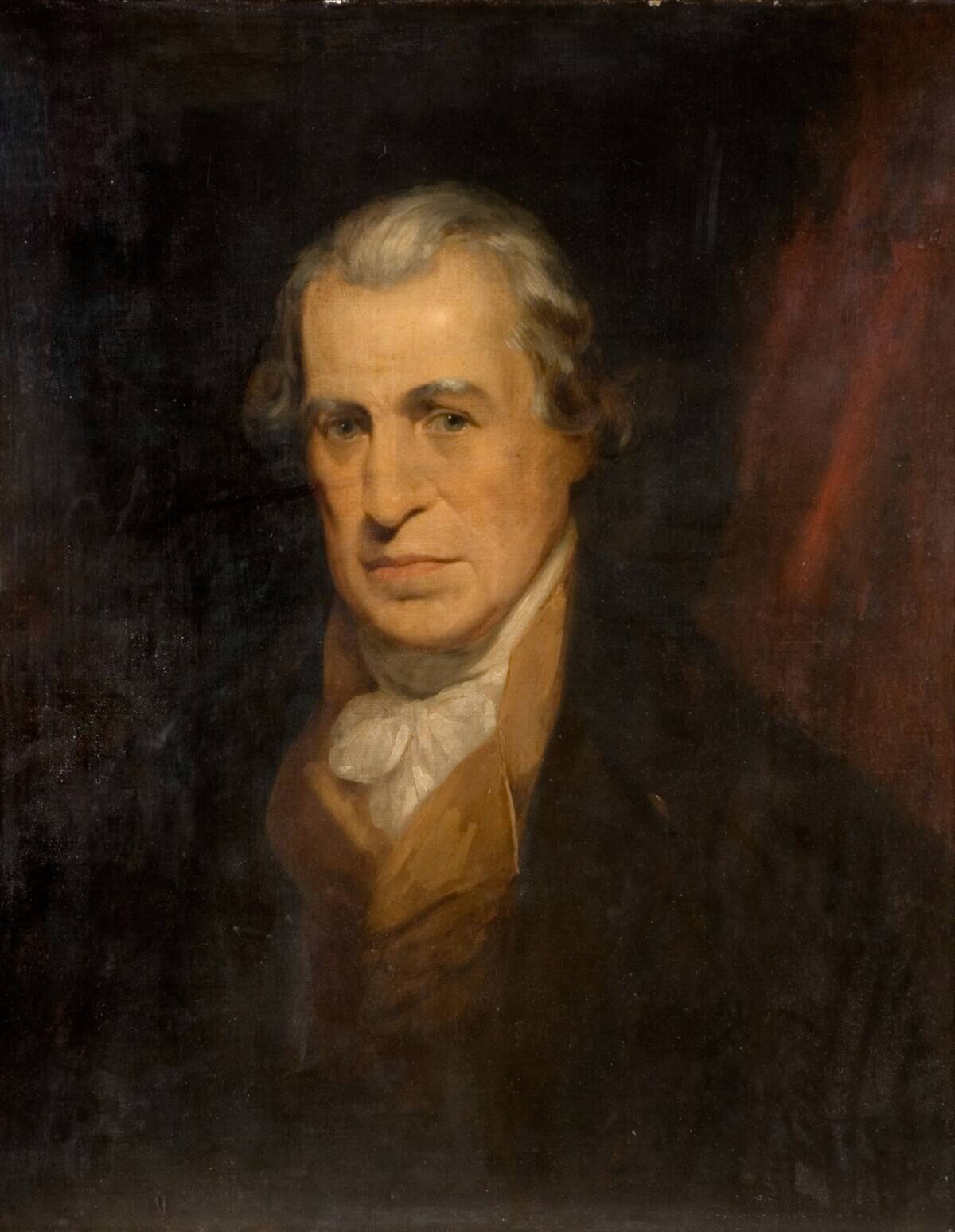
James Watt had a unique fascination with steam engines. Watt improved on earlier steam engines, making them more efficient. The unit of power, watt, is named after him.
Your mercury thermometer gets an “F” because of who?
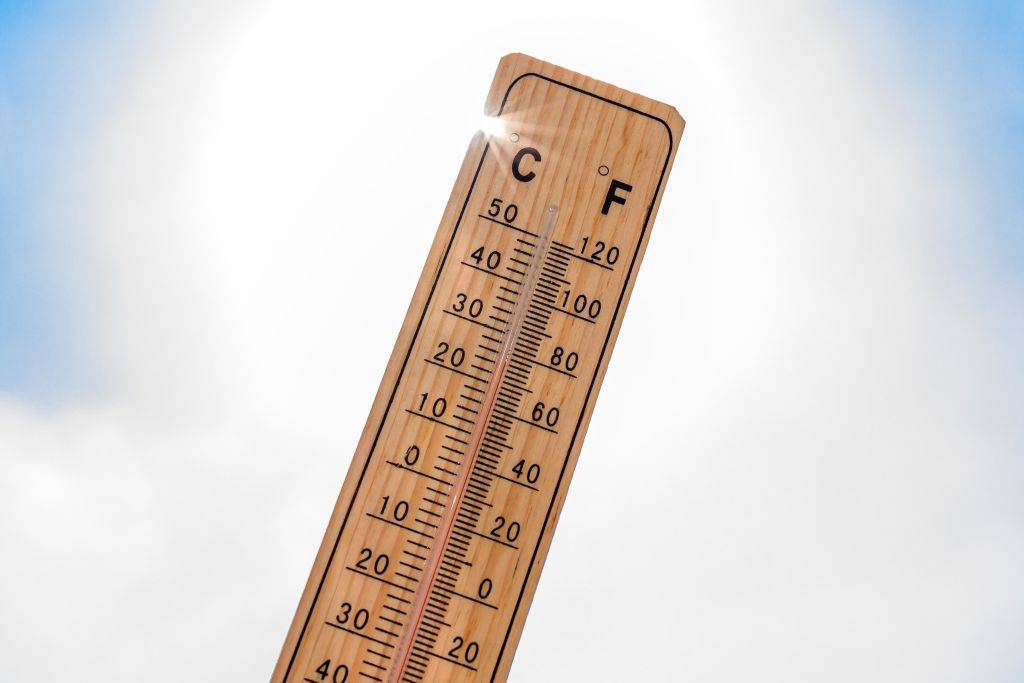
A. Daniel Gabriel Fahrenheit
B. Franz Ferdinand
C. Fernando Torres
D. Fernando Valenzuela
